Содержание
- 2. THEME 1 UNITS OF SYNTAX. THE PHRASE Outline 1. Inventory of syntactic units 2. Meaning of
- 3. 1. INVENTORY OF SYNTACTIC UNITS
- 4. The sentence: In prescriptive (pedagogical, applied) grammar - a group of words that in writing starts
- 5. The most important feature of the sentence is its predicativity: the relation of the content of
- 6. 2. MEANING OF SYNTACTIC UNITS All units of syntax are bilateral, i.e. they are a unity
- 7. Structures (constructions) are form-meaning correspondences that exist independently of particular words, i.e. they themselves carry meaning,
- 8. 3. THE PHRASE. SYNTAGMATIC CONNECTION OF WORDS 3.1. Phrase vs. sentence The phrase is a syntactic
- 10. 3.2. Types of syntagmatic relations morphology considers paradigmatic relations of words (the relations that exist between
- 11. Types of syntagmatic relations: agreement (узгодження); government (керування); adjoining (прилягання); enclosure / nesting (уключення)
- 12. government The subordinate word is governed by the head word when its form is required by
- 13. agreement The components of a phrase or a sentence are said to agree when the form
- 14. adjoining It is neither agreement, nor government, which are cases when the form of the subordinated
- 15. enclosure/nesting is a type of syntagmatic relation which is characteristic of English (but not of Ukrainian
- 16. 4. STRUCTURAL CLASSIFICATIONS OF PHRASES traditional: based on the part-of-speech status of their constituents; alternative: based
- 17. Structural classification of phrases based on the part-of-speech status of their constituents According to this criterion,
- 18. Structural classification of phrases based on the relations of their constituents According to this principle, phrases
- 19. Kernel phrases with attributive relations can be regressive (the kernel follows other elements) or progressive (the
- 20. Regressive kernel phrases: 1. Adverbial kernel: e.g. very carefully, fairy easily, more avidly 2. Adjectival kernel:
- 21. Progressive kernel phrases: 1. Substantive kernel: e.g. a candidate for the prize, the fruits of his
- 22. In non-kernel phrases none of the elements are dominant. independent non-kernel phrases (no context is needed
- 23. Independent non-kernel phrases: e.g. easy and simple, shouting and singing, she nodded Words in an independent
- 24. Dependent non-kernel phrases: e.g. his own (dog), (send) him a letter Words in a dependent non-kernel
- 25. THEME 2 THE SENTENCE Outline 1. The definition of the sentence and its distinctive features 2.
- 26. Terms ambiguous, ambiguity covert explicate extralinguistic instance, instantiation pattern token construction denotatum distinctive feature functional sentence
- 27. 1. THE DEFINITION OF THE SENTENCE AND ITS DISTINCTIVE FEATURES sentence (Lat.) - ‘feeling’ or ‘opinion’
- 28. The term “sentence” is ambiguous since it refers to: a specific type of syntactic construction, a
- 29. In order to avoid this ambiguity, a distinction between the sentence-type and sentence-token is drawn. The
- 30. The distinctive features of the sentence-token are traced its form and content. form: linguistic (characterize both
- 31. According to its linguistic form, the English sentence is characterized by the fixed order of words,
- 32. Paralinguistic features of the sentence include: - gestures, - mimics, - intonation (tune, pauses, sentence-stress, etc.)
- 33. Among the grammatical categories that characterize the content plane of the sentence, predicativity occupies the main
- 34. The relation of the denotatum of the sentence (the situation named / denoted by the sentence)
- 35. The syntactic meaning of predicativity is signaled: - paralinguistically (by its intonation, which indicates completeness); -
- 36. Mood stands out among the morphological categories of the verb since it contributes into predicativity more
- 37. A graphic illustration of the contribution of the verbal categories into the category of predicativity is
- 39. The outermost layer (1) represents the speaker’s subjective attitude to the event described (……………………………). The next
- 40. 2. ASPECTS OF THE SENTENCE: FORMAL, SEMANTIC, FUNCTIONAL The sentence is set in a multiple system
- 41. 1. The formal study of the sentence addresses the following issues: ways in which the sentence
- 42. 2. The semantic study of the sentence focuses on the following problems: semantic categories of the
- 43. 3. The functional aspects of the sentence relate to: the communicative (functional) perspective of the sentence;
- 44. The communicative (functional) perspective of a sentence (V. Mathesius): the theme (the starting point of the
- 45. The pragmatic aspect of the sentence concerns its speech act characteristics, i.e. the ability of a
- 46. The sentence shall be further considered as a trichotomy of form, meaning and function. Accordingly, distinction
- 47. 3. THE STRUCTURAL CLASSIFICATION OF ENGLISH SENTENCES Is Hey, you! a sentence or not? The answer
- 48. Types and subtypes of English sentences :
- 49. Characteristic features of the types of sentences proper
- 50. Characteristic features of the types of quasi-sentences
- 51. Declarative and interrogative sentences differ in their informational aspect: the former provide information, and the latter
- 52. Declarative sentences can be positive or negative, i.e. they assert or negate the predicative link between
- 53. Interrogative sentences are not "pure questions": they carry some information, which is called the presupposition of
- 54. Interrogative sentences demonstrate a great variety of meanings, forms, and pragmatic functions. Due to that, only
- 55. Alternative questions do not form a special type. Alternativity can be brought both into general and
- 57. Quasi-sentences are called "sentences" due to their: ability to substitute a sentence (take its position in
- 58. Yet quasi-sentences cannot be said to have a full sentential status (hence the prefix quasi- from
- 59. Exclamation is not a structural element of a sentence, i.e. it is optional. Yet certain types
- 60. THEME 3 SIMPLE SENTENCE CONSTITUENTS 1. Types of sentence constituents 2. The system of English sentence
- 61. Key words a sentence constituent a clause / an elementary sentence a sentence member / part
- 62. 1. TYPES OF SENTENCE CONSTITUENTS Explicating the structure of a declarative sentence is a two-step procedure:
- 63. Sentence constituents of the upper level – clauses / elementary sentences the smallest predicative units of
- 64. Some sentences consist of only one clause. A clause expresses a whole event or situation with
- 65. Some sentences consist of two or more clauses; these can be of the same type or
- 66. Types of clauses independent / main – form a meaningful unit by themselves subordinate / dependent
- 67. 2. THE SYSTEM OF ENGLISH SENTENCE MEMBERS Used in the syntagmatic chain, words are no longer
- 68. In other words, sentence members as syntactic entities are set in a different system of coordinates
- 69. Object complements and modifiers can make obligatory or optional environment of the word that performs the
- 70. Obligatory environment is an inherent syntactic characteristic of the word which functions as the predicate, e.g.
- 71. Obligatory environment may serve to differentiate lexical/semantic variants of words: Cf.: She treated him. – She
- 72. The optional environment of an element may remain unrealized in a sentence: e.g. adverbial modifiers of
- 73. Sentence members can be grouped together in the following way: the subject – the predicate: these
- 74. the attribute: this sentence member is noun-dependent. In contrast to other sentence members, it does not
- 75. subject attribute predicate adverbial / modifier object / complement attribute attribute Relations of the sentence members
- 76. 2.1. The subject is a syntactic correlate of the predicate. It performs : - the categorial
- 77. In a nominative sentence the noun cannot be said to perform the function of the subject:
- 78. 2.2. The predicate performs the following functions: the categorial function – predicating some feature/s to the
- 79. Grammatical and lexical meanings: - go together in simple verbal predicates: e.g. He reddened. - go
- 80. Predicates with the so-called "notional links" (e.g. The moon rose red) result from the process of
- 81. 2.3. The object (complement) in English has the following varieties: (1) Object-oriented complements denote the object
- 82. 2.4. The (adverbial) modifier possesses a number of features which set it apart from the object
- 83. 2.5. The attribute is a noun-oriented part of speech (irrespective of the syntactic function of the
- 84. The string of attributes of a noun can be quite long: in this case they are
- 85. THEME 4 COMPOSITE SENTENCE CONSTITUENTS: CLAUSES 1. Parataxis and hypotaxis 2. English composite sentence 2.1. Characteristic
- 86. KEY WORDS parataxis / coordination hypotaxis / subordination coordinative / subordinative link mono-/polypredicative (unit) initiating /
- 87. 1. PARATAXIS AND HYPOTAXIS The composite sentence is a structural, semantic and functional unity of two
- 88. Between the clauses in a composite sentence there is the same kind of relationship as between
- 90. 2. ENGLISH COMPOSITE SENTENCE 2.1. Characteristic features
- 91. 2.2. Classification of English composite sentences Composite sentences Compound / complex sentences (3) Complex sentences (2)
- 92. (1) Compound Sentences A compound sentence consists of two or more clauses (sometimes called co-clauses) which
- 93. Clauses in a compound sentence have a fixed order, i.e. they cannot be moved without changing
- 94. Coordinators
- 95. Another way to connect two clauses and form a compound sentence is to put a semi-colon
- 96. It is not possible to change the order of the two clauses joined by a conjunctive
- 97. Coordinate conjunctions and conjunctive adverbs have rather similar meanings e.g. and and moreover express addition so
- 98. Unlike a coordinate conjunction, a conjunctive adverb can be moved within the second clause: e.g. Whales
- 99. (2) Complex Sentences Clauses in a complex sentence (the principal / main clause and the sub-clause/s)
- 100. Subordinators
- 102. Adverbial clauses
- 103. Adverbials may occupy different positions in a sentence: e.g. Because they have lungs instead of gills,
- 104. ATTRIBUTIVE / ADJECTIVE / ADJECTIVAL / RELATIVE CLAUSES
- 105. Relative clauses can be left out: Consider the sentence below and say if its clauses are
- 106. RESTRICTIVE AND NON-RESTRICTIVE RELATIVE CLAUSES The book that she read was important for her literature review.
- 107. SUBJECT, OBJECT, AND PREDICATIVE CLAUSES Since these are obligatory parts of a sentence, there is no
- 108. One way to tell if the dependent clause functions as subject or object is to replace
- 109. Complex sentences may have a hierarchy of clauses, i.e. be characterized by consecutive, or successive subordination:
- 110. (3) Compound / Complex and Complex / Compound Sentences It is also possible to have a
- 111. The following example of a compound-complex sentence has two complete main clauses connected by the coordinate
- 112. THEME 5 SEMANTIC SYNTAX Outline 1. The logical structure of the sentence 2. The deep semantic
- 113. Key terms proposition predicate argument participant semantic role deep structure valence case frame agent object patient
- 114. 1. THE LOGICAL STRUCTURE OF THE SENTENCE The logical description of the sentence is aimed at
- 116. 2. THE DEEP SEMANTIC STRUCTURE OF THE SENTNCE the late 1960s Ch. Fillmore deep structure valence
- 122. Скачать презентацию



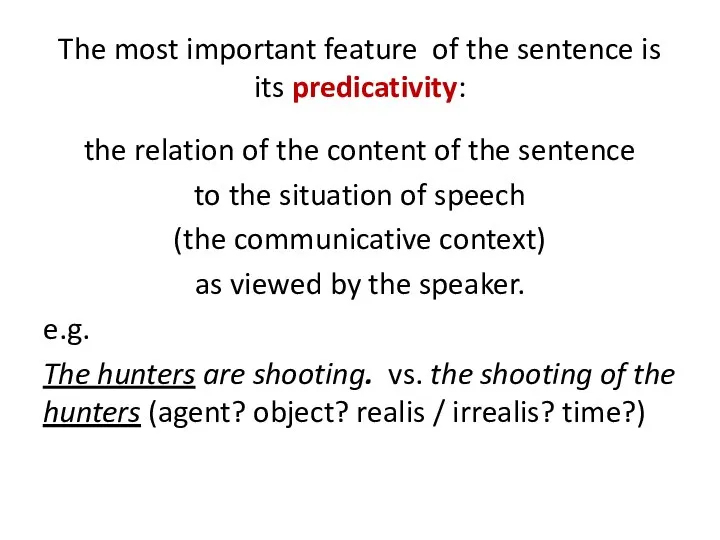
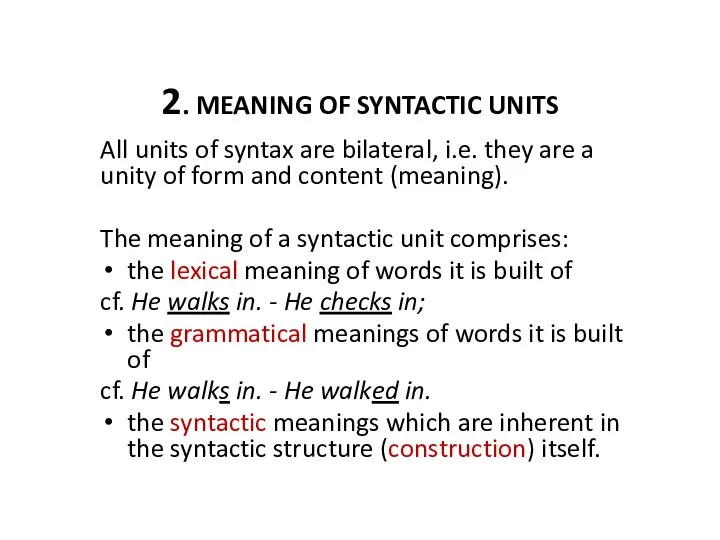
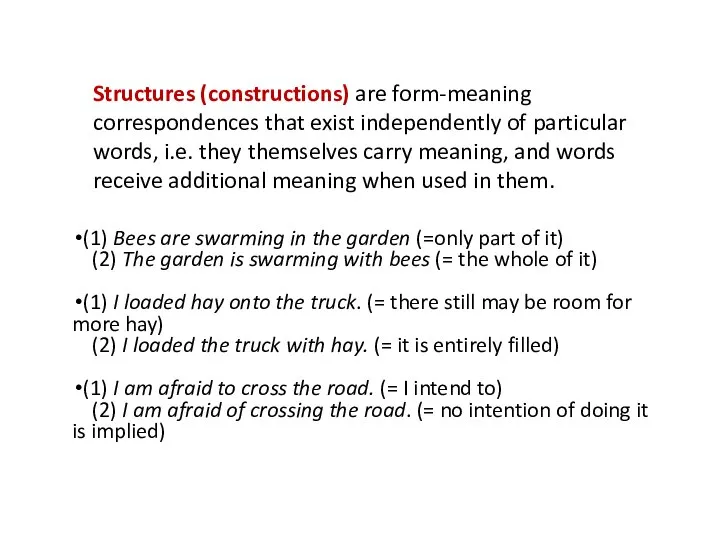
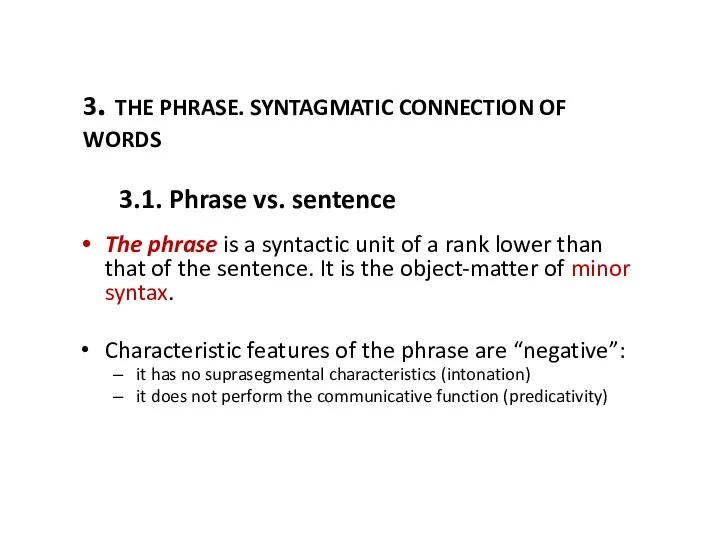
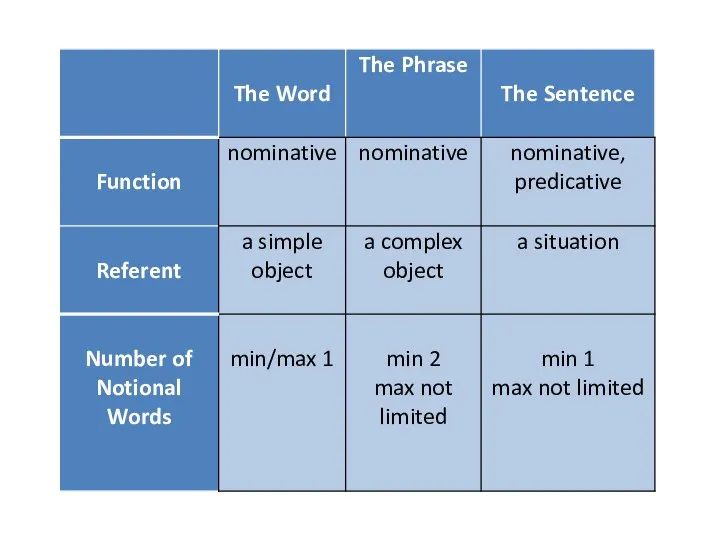
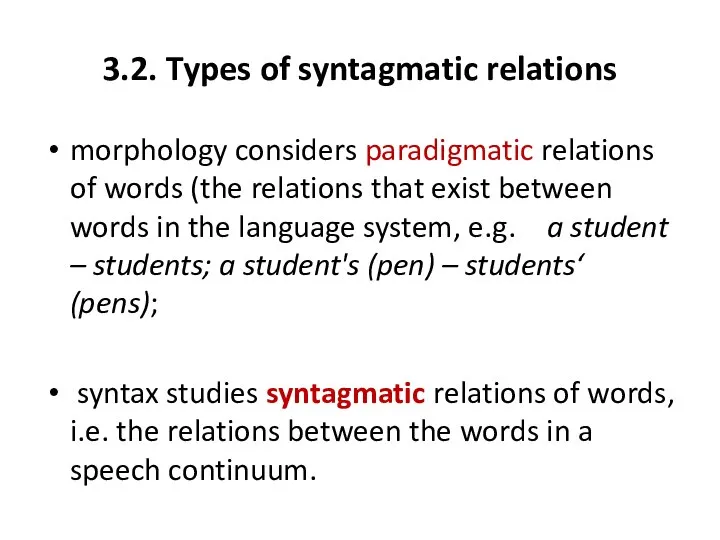
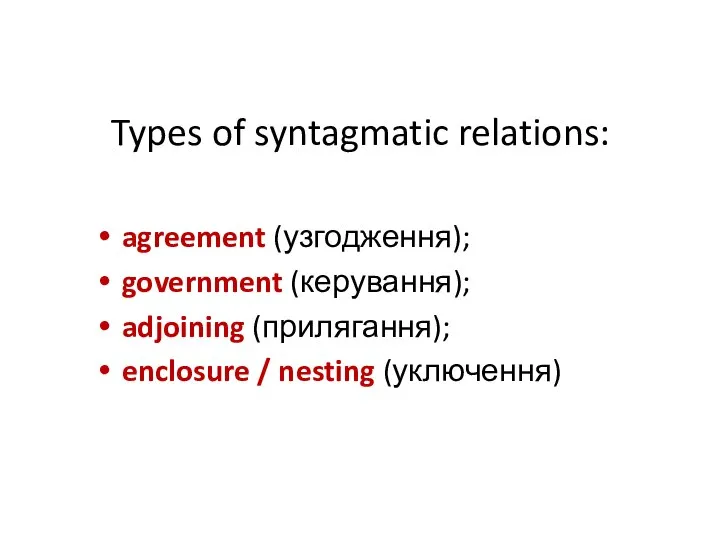
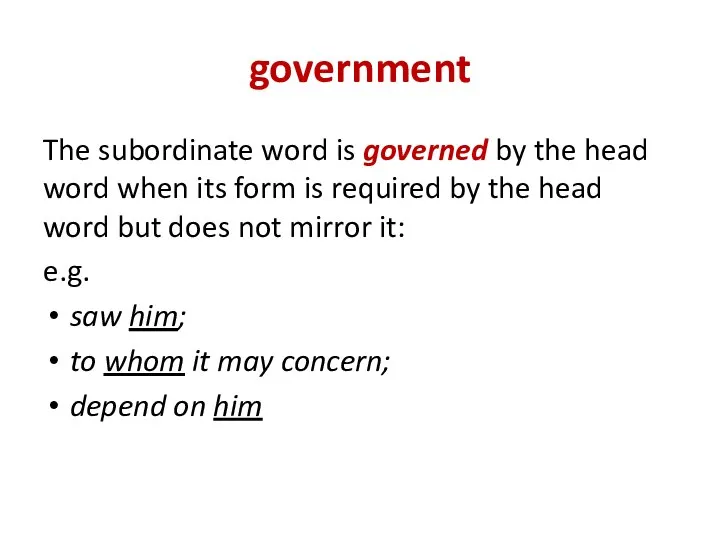
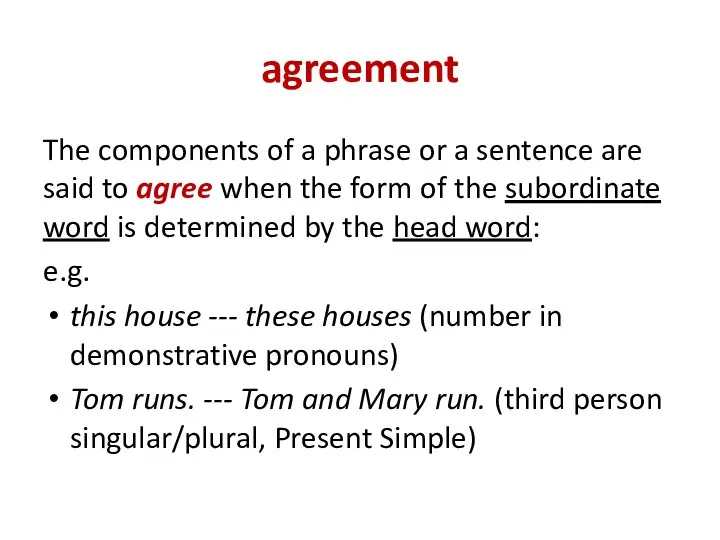
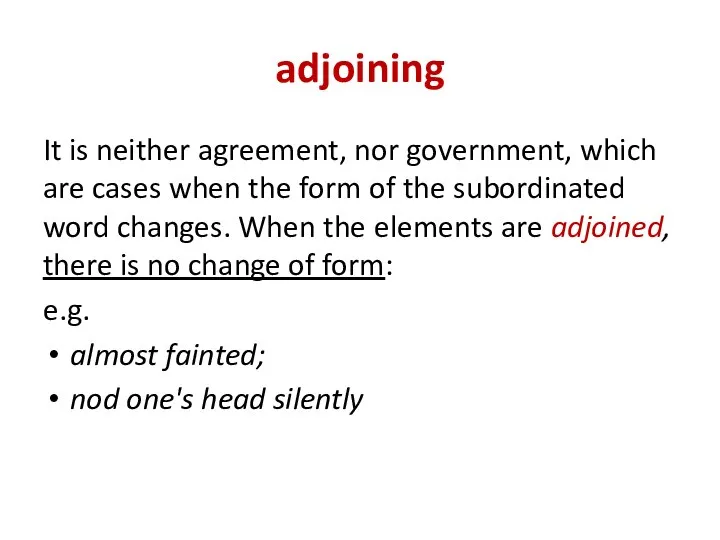
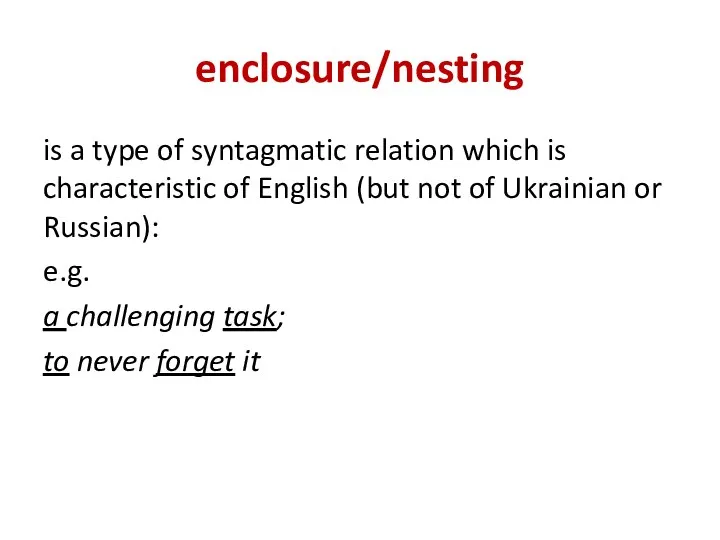
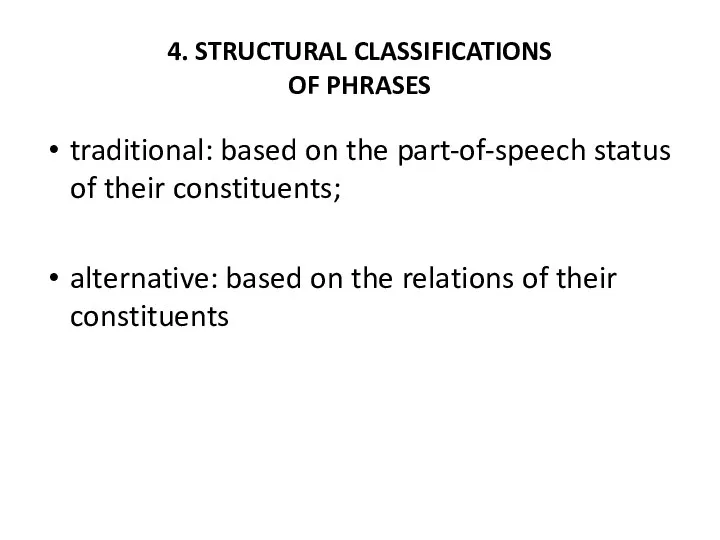
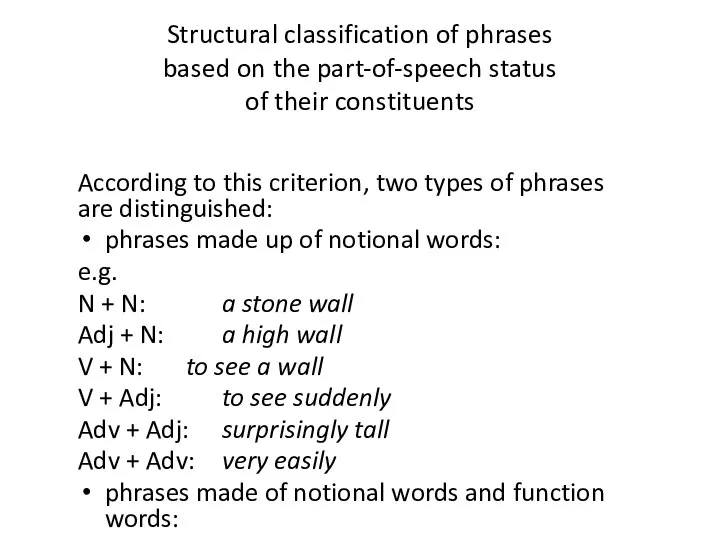
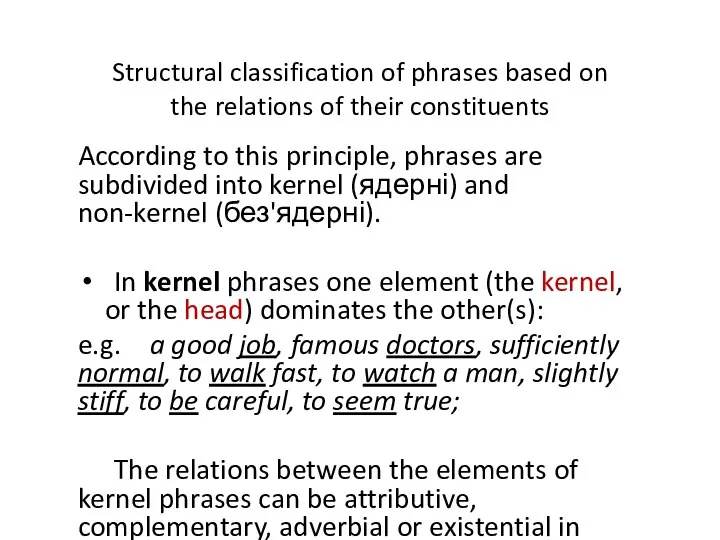
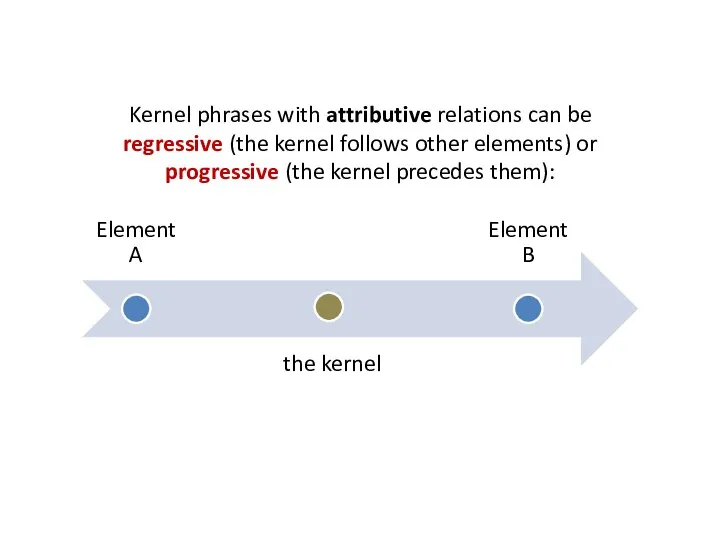
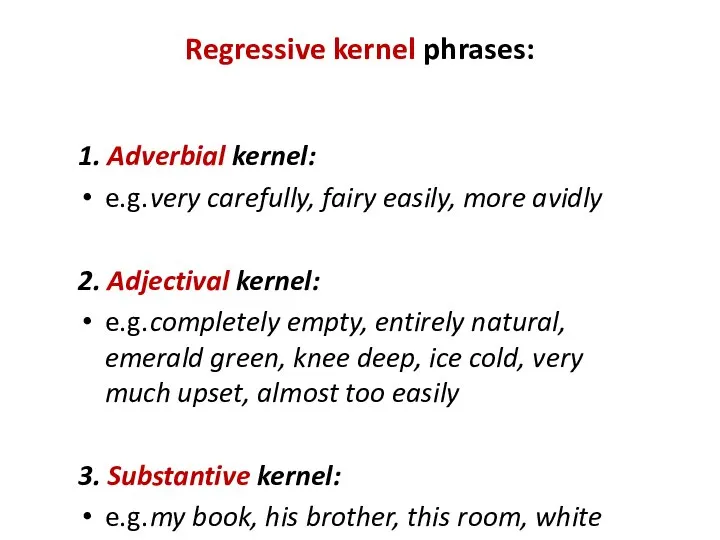
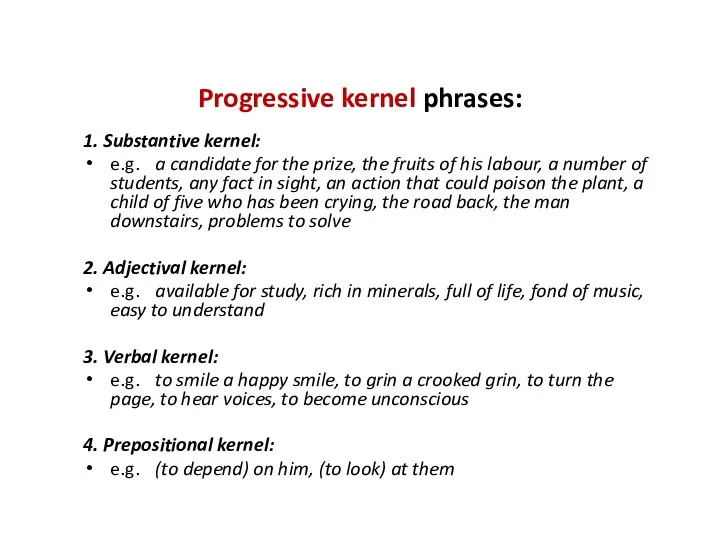
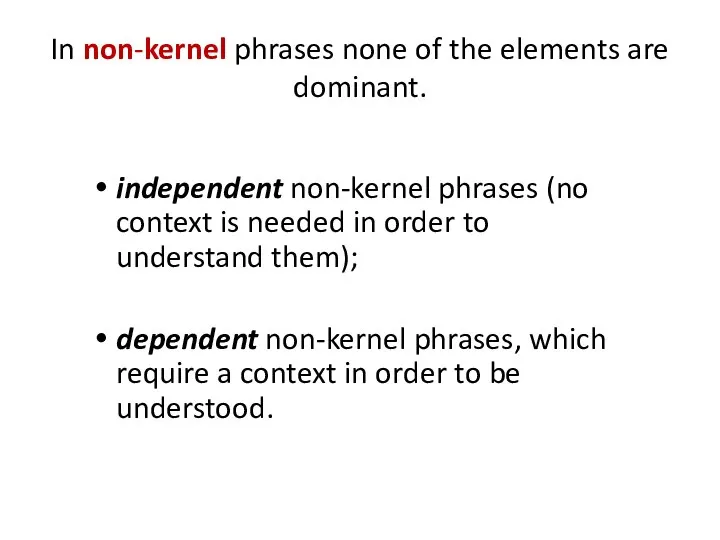
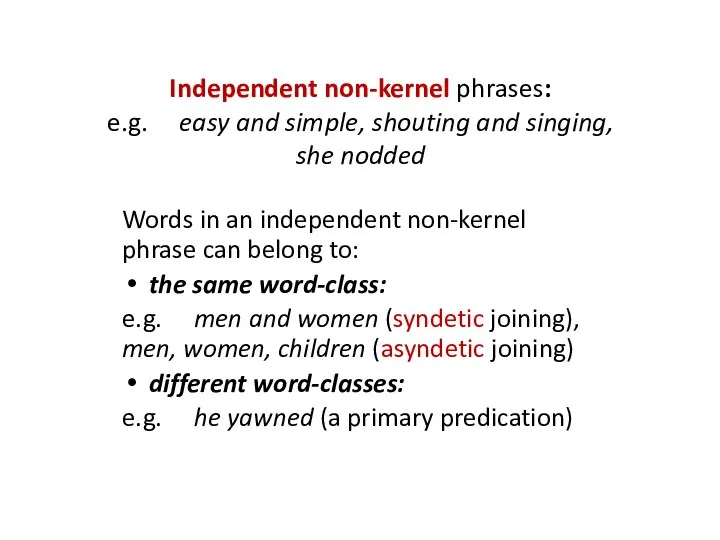
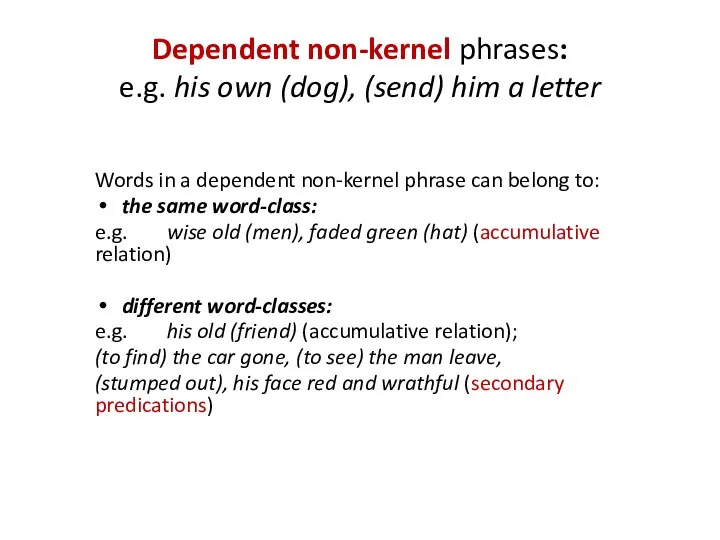
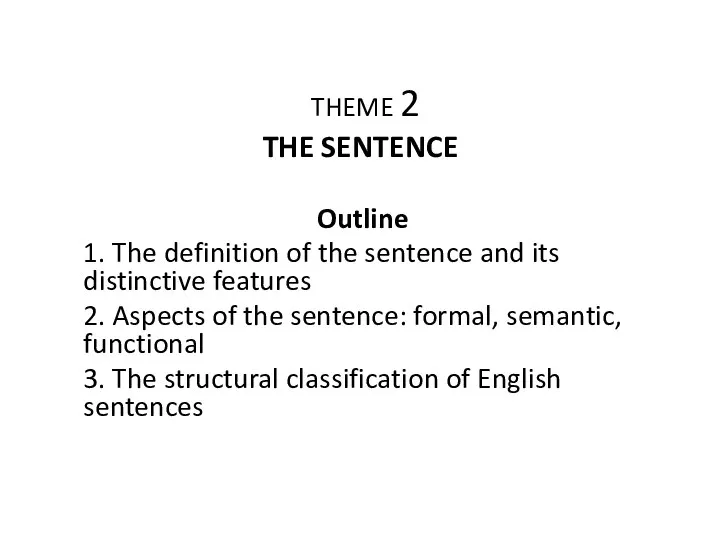
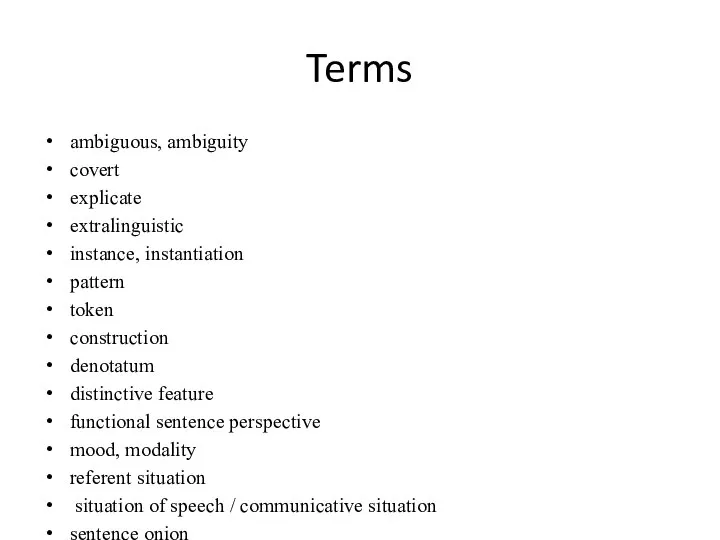
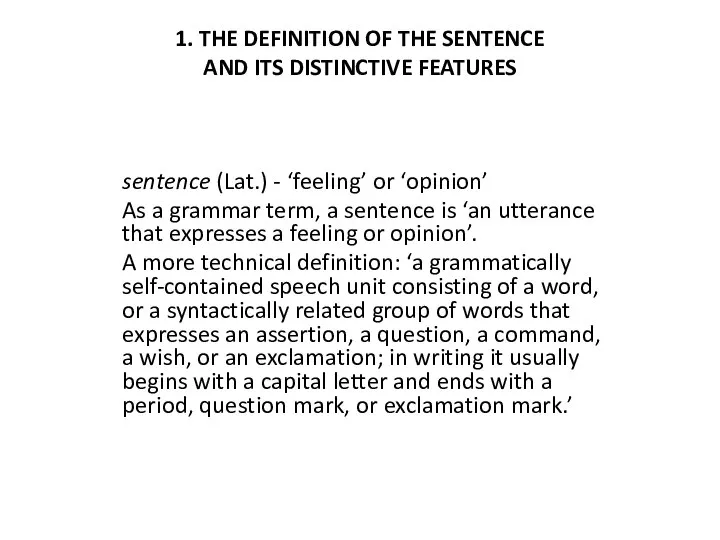
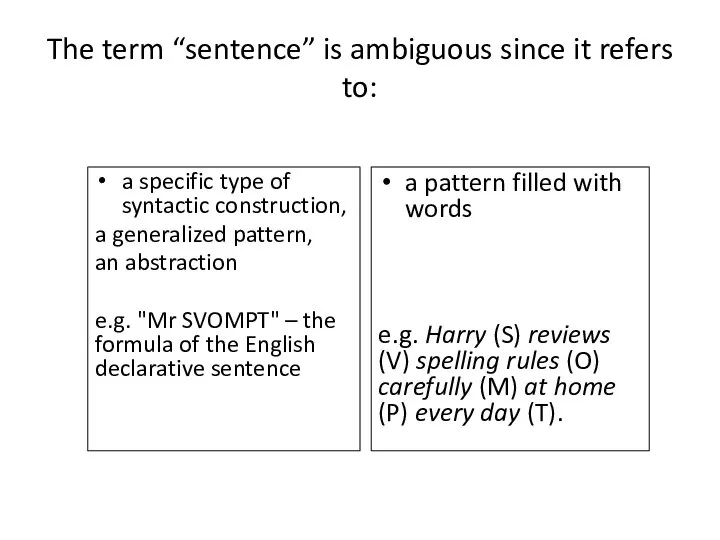
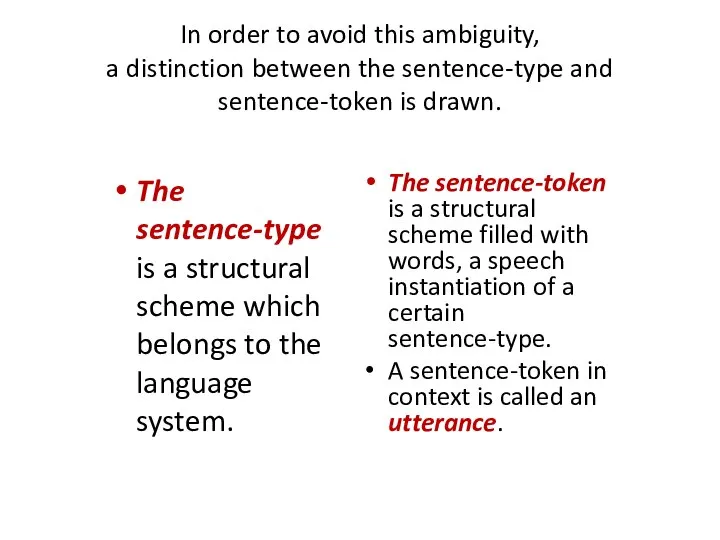
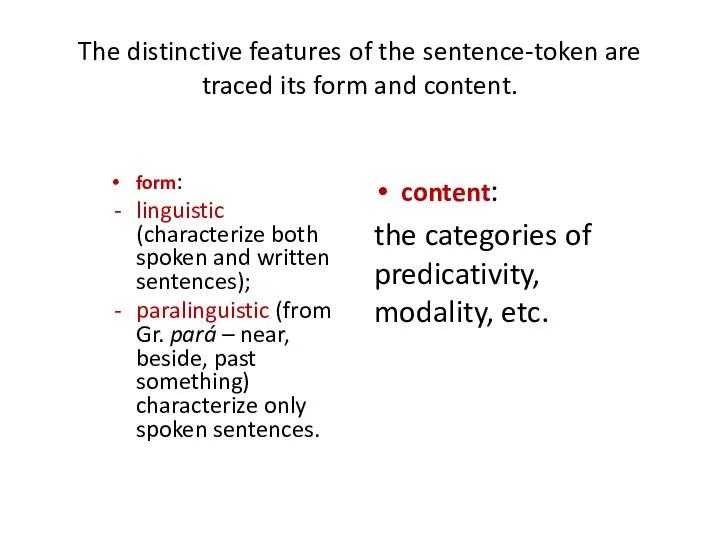
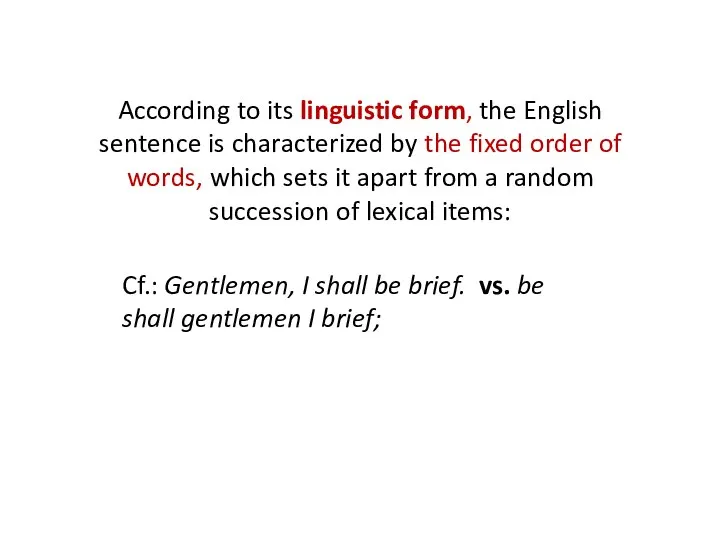
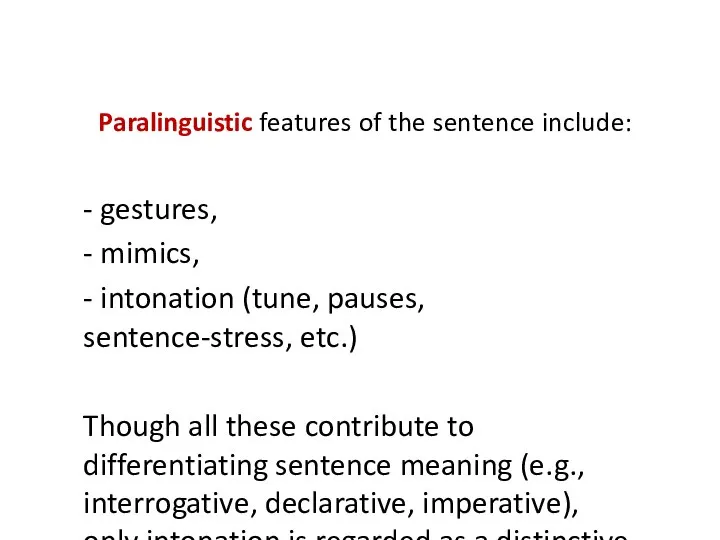
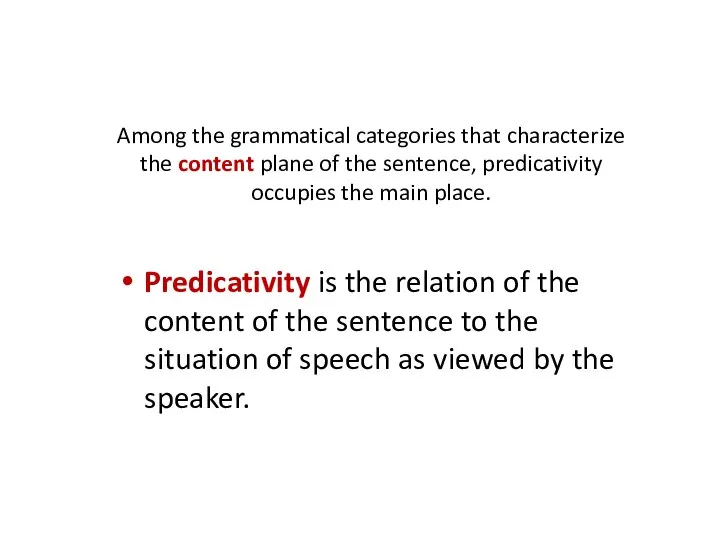
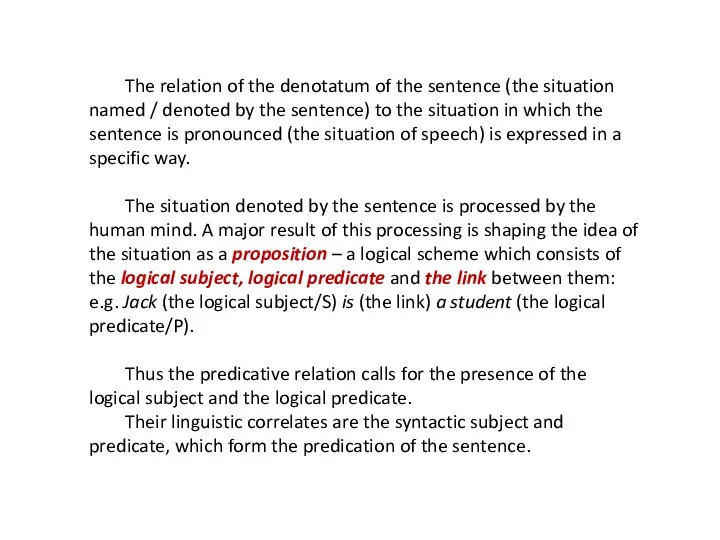
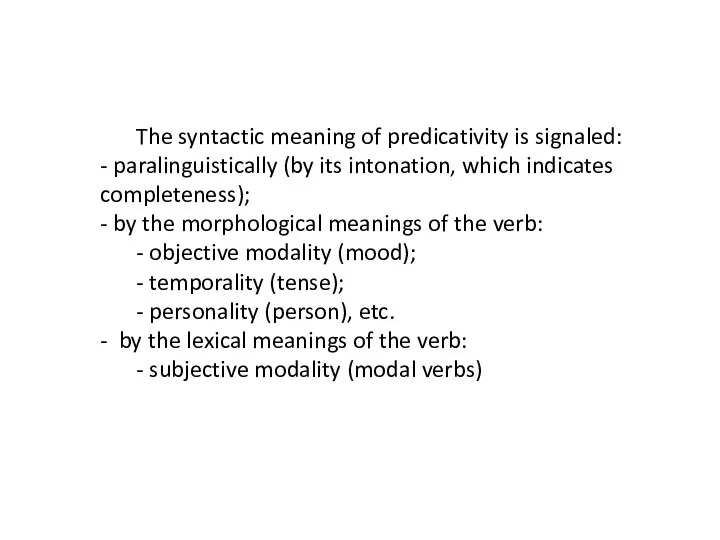
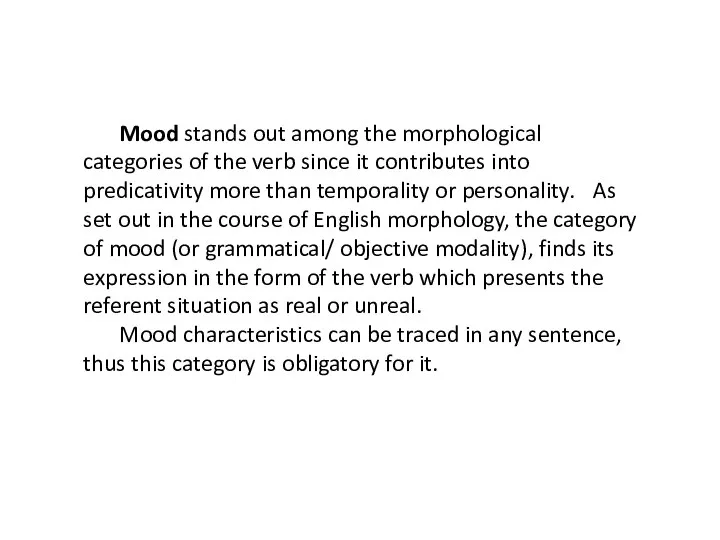
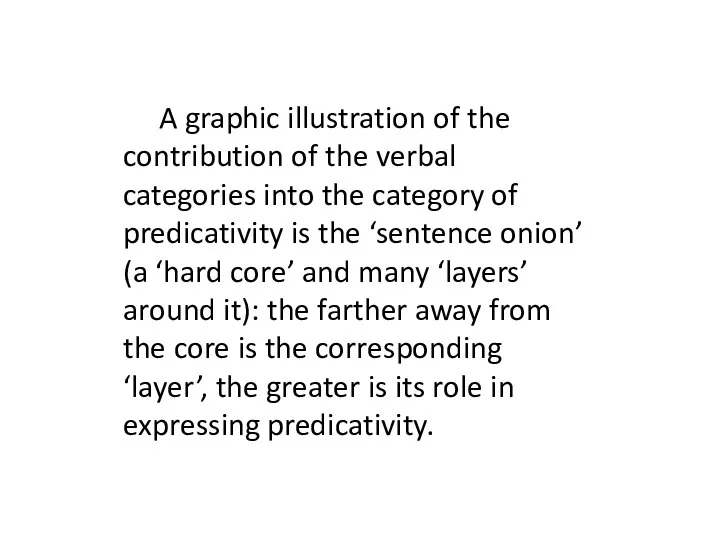
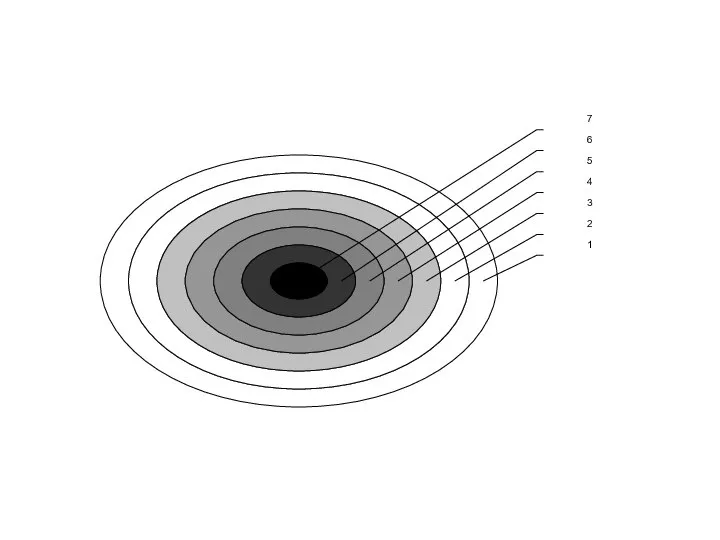
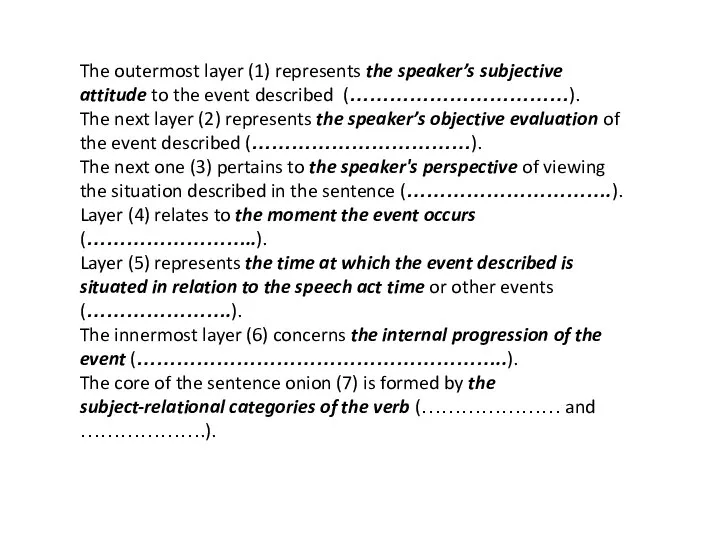
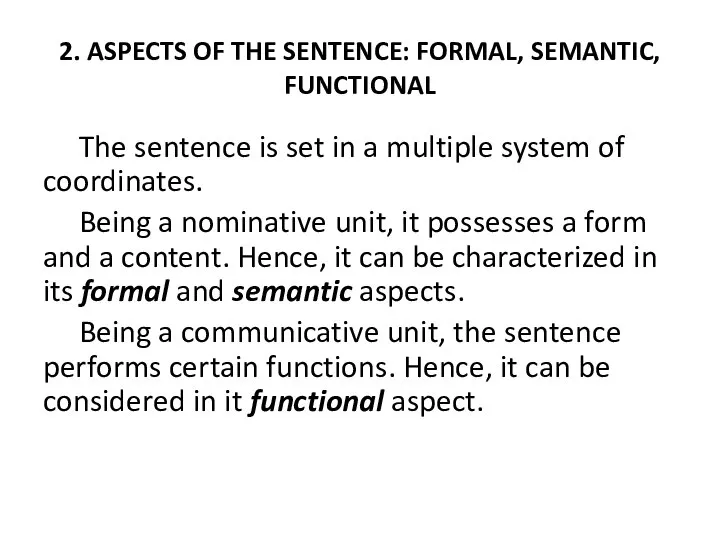
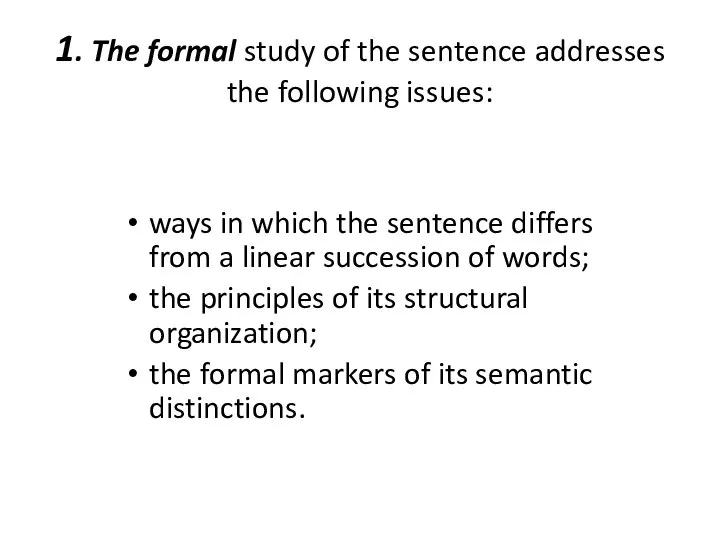
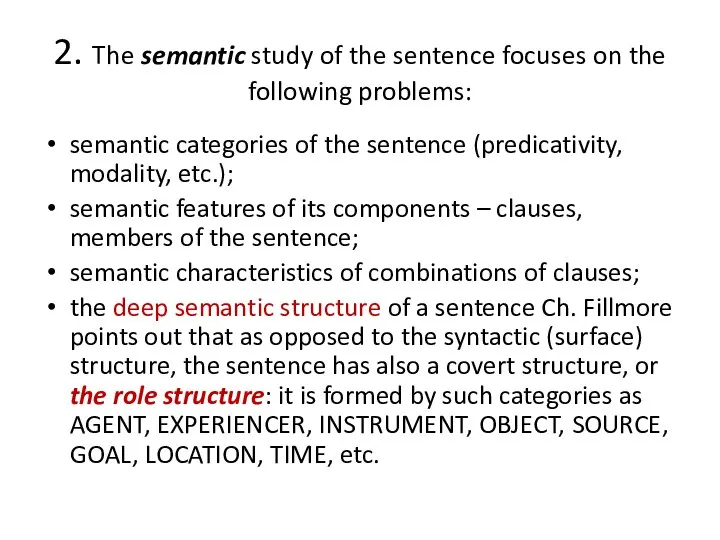
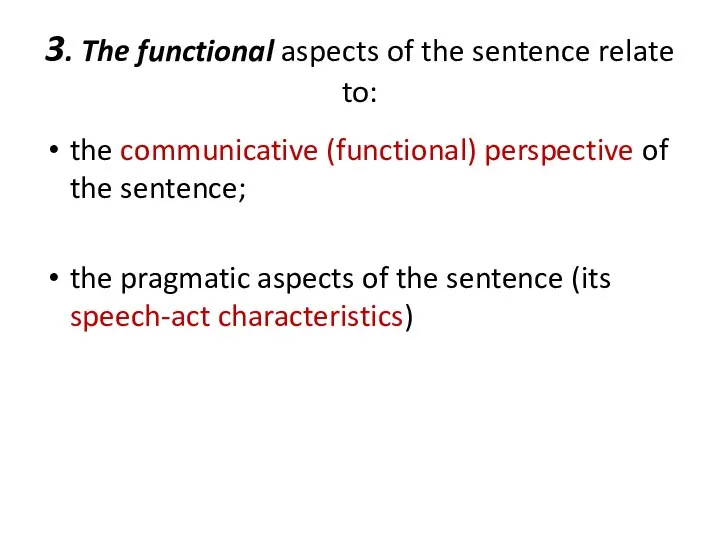
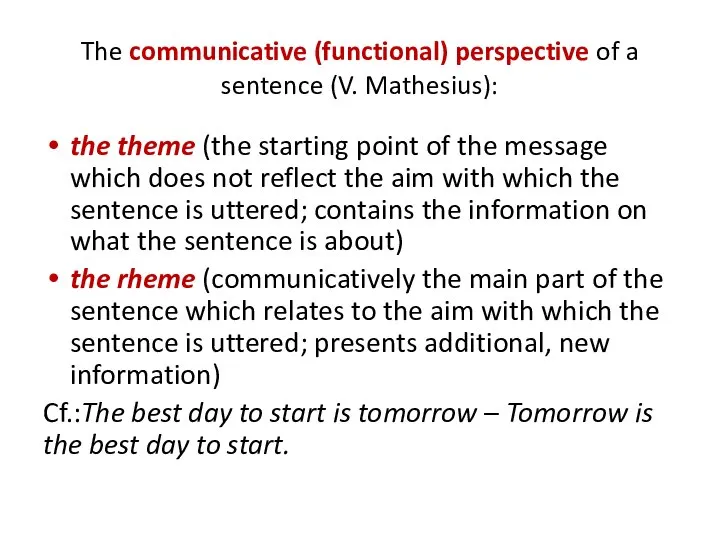
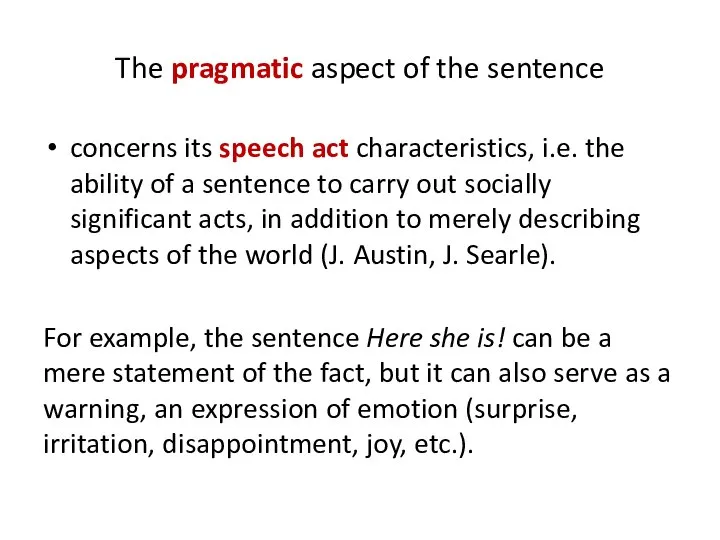
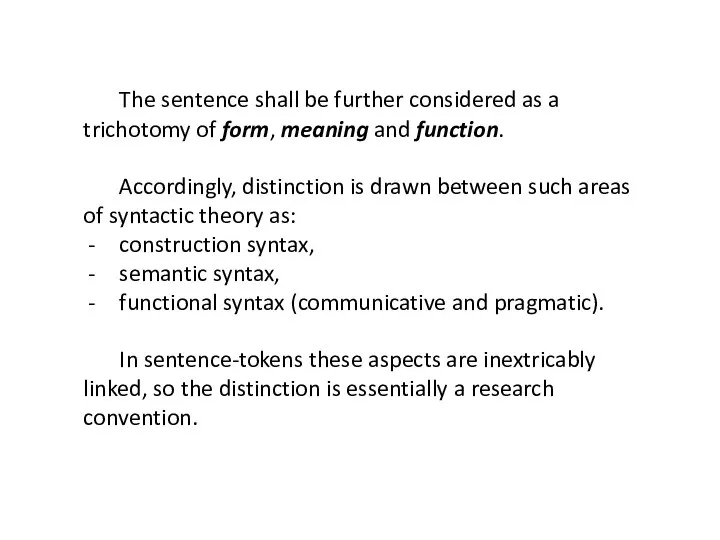
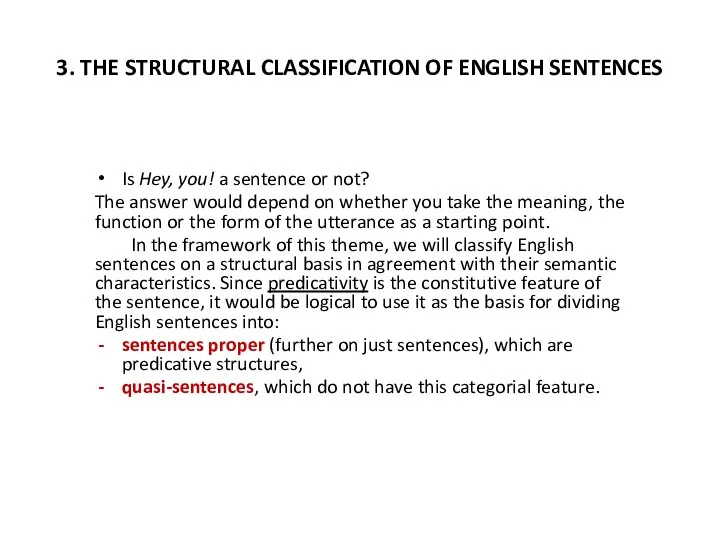
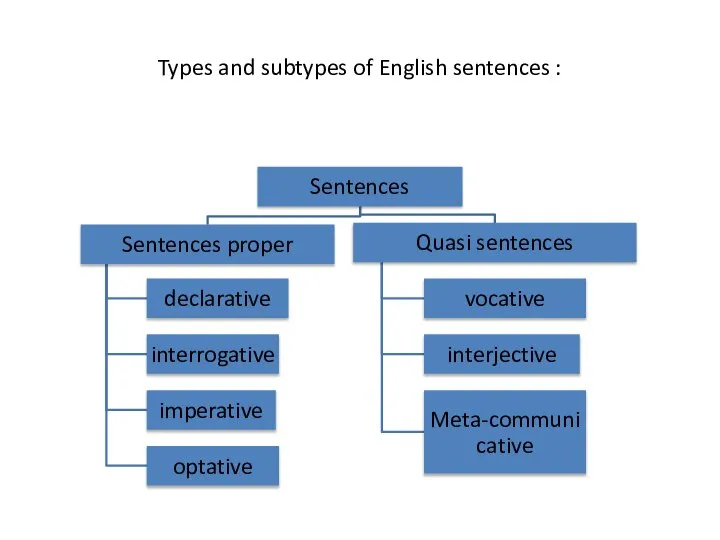
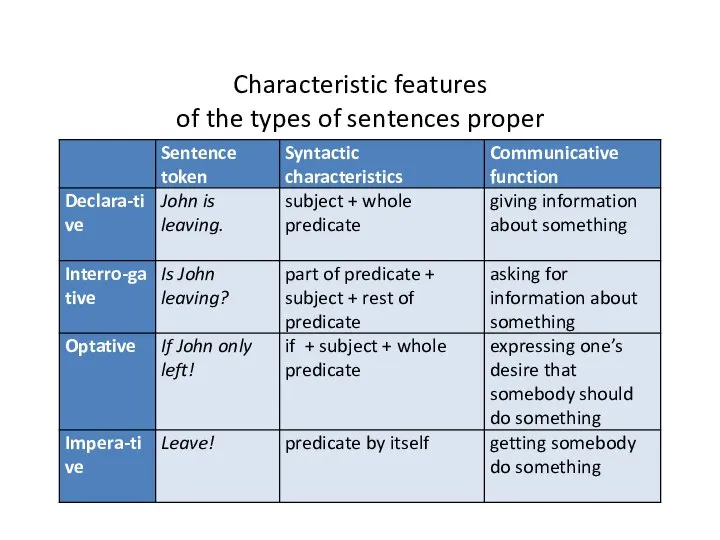
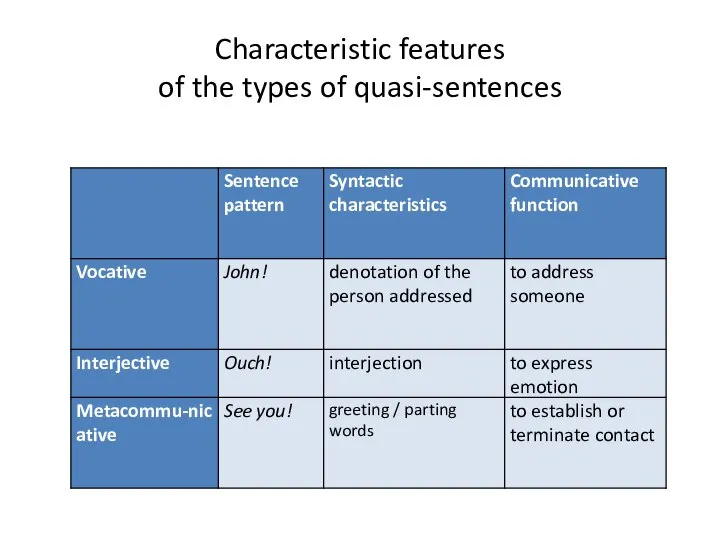
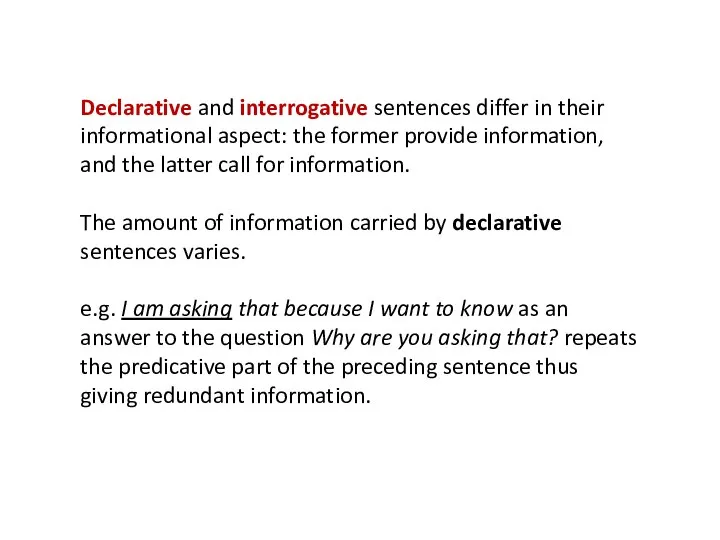
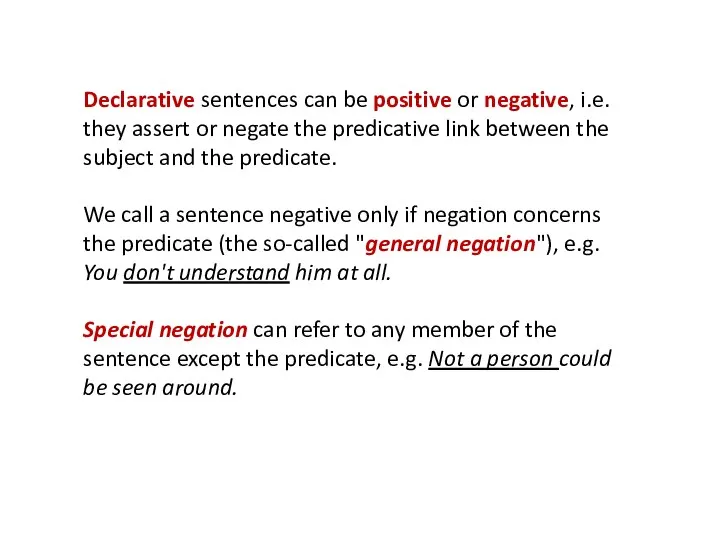
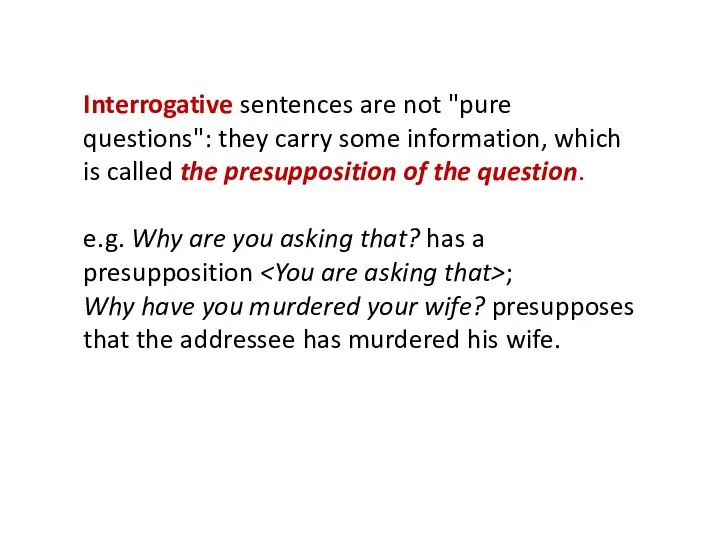
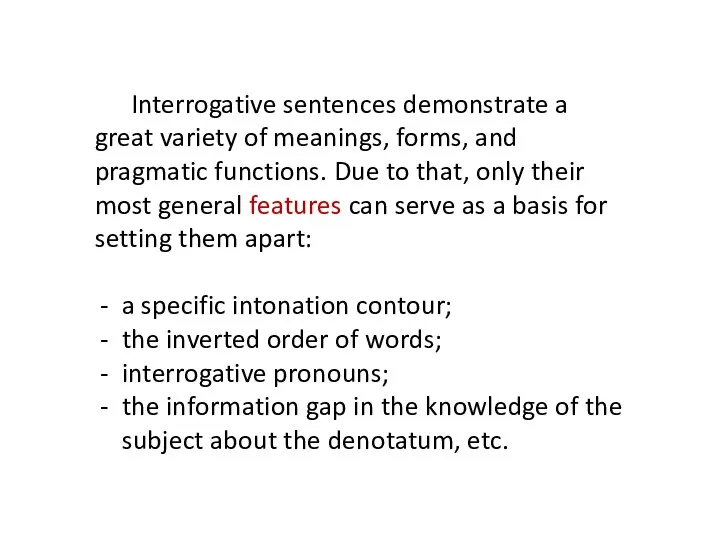
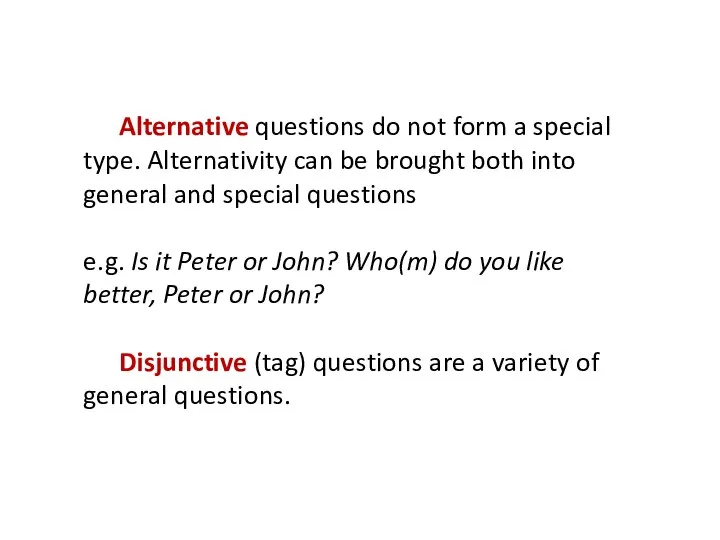
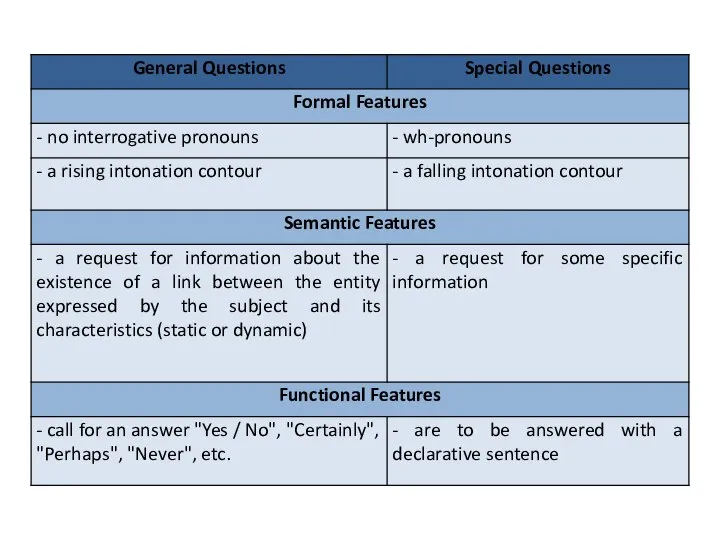
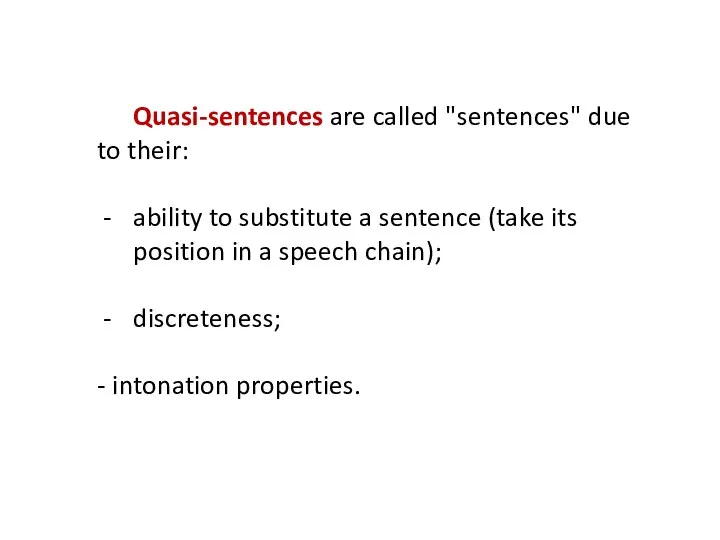
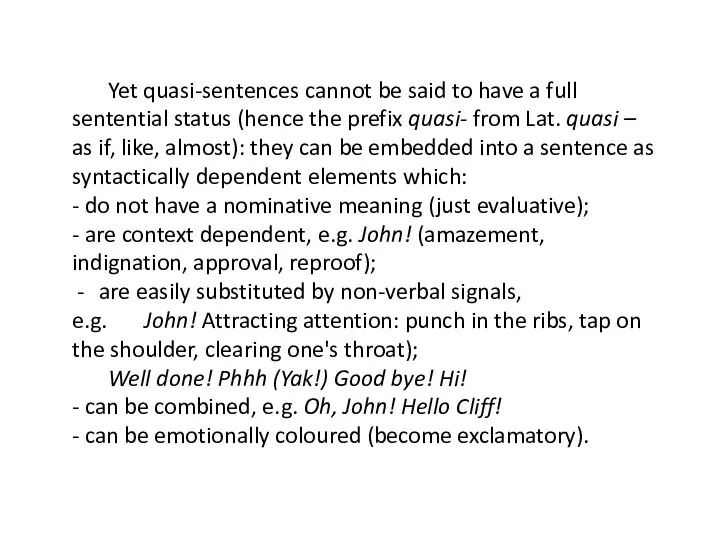
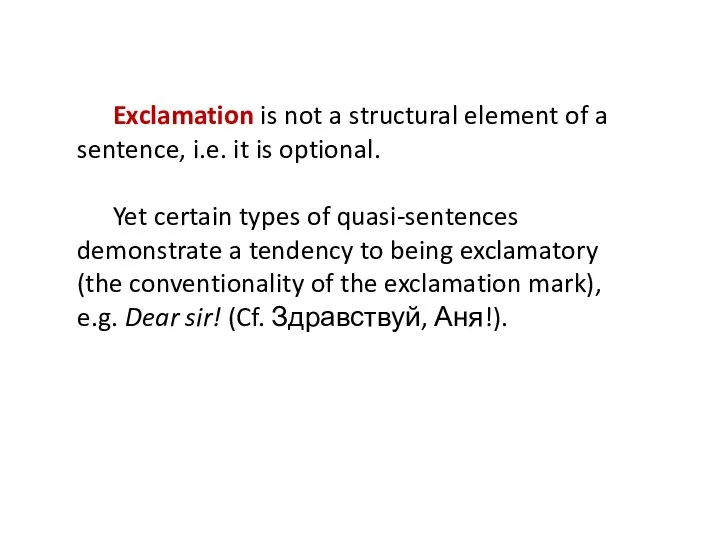
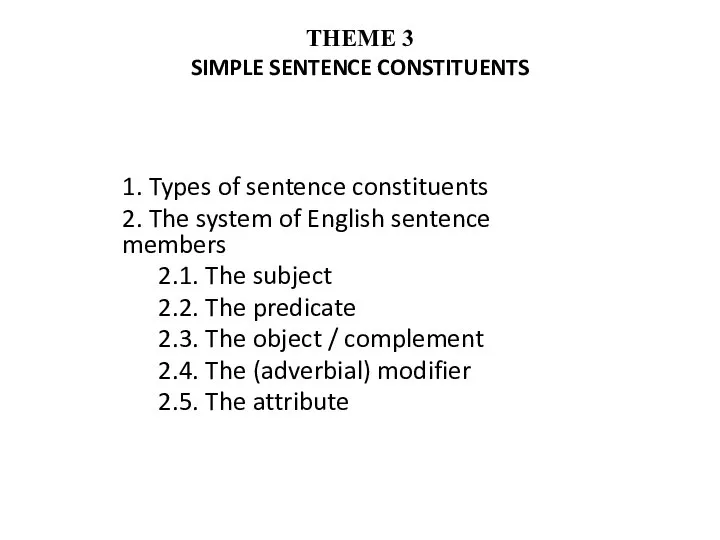
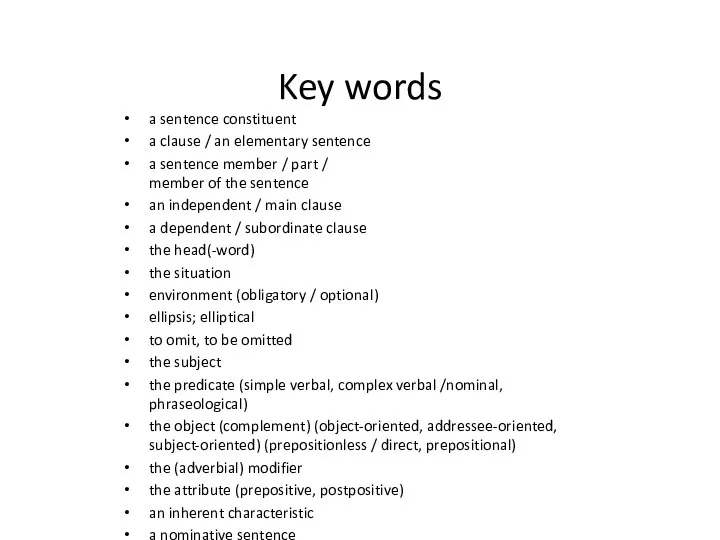
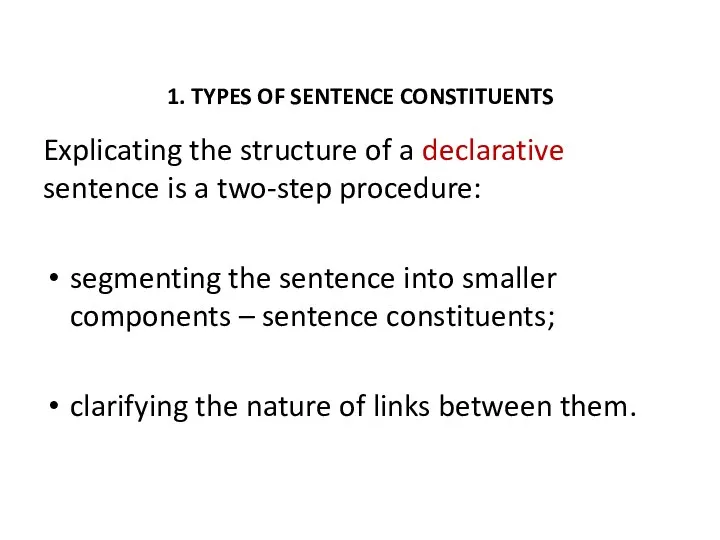
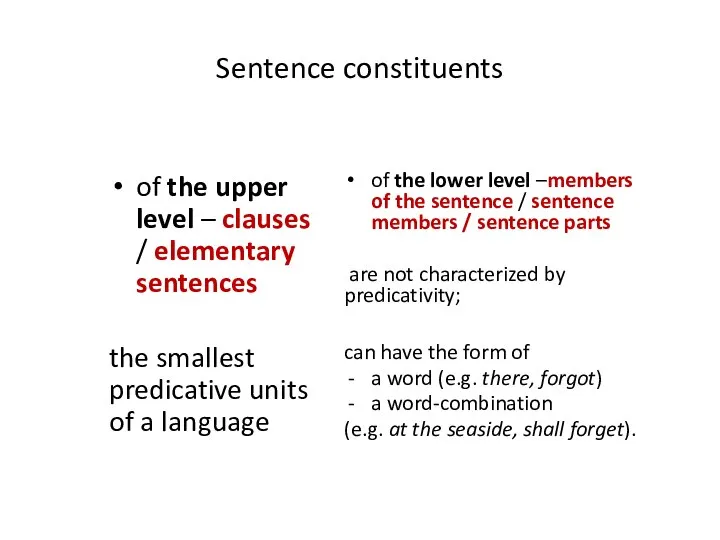
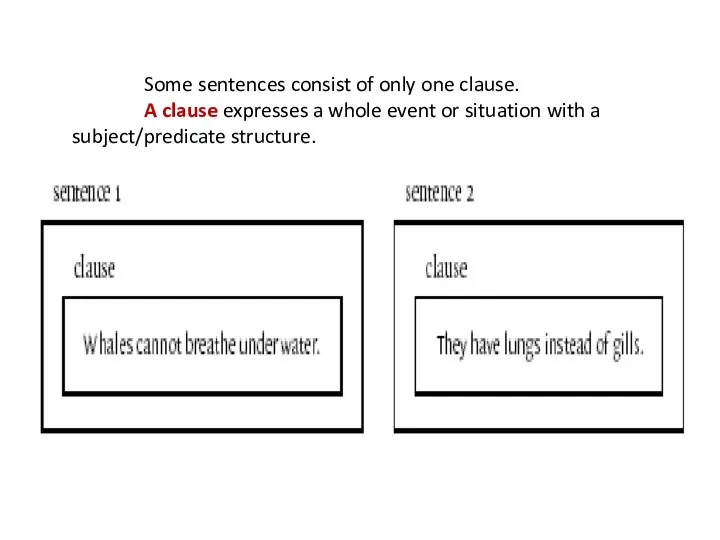
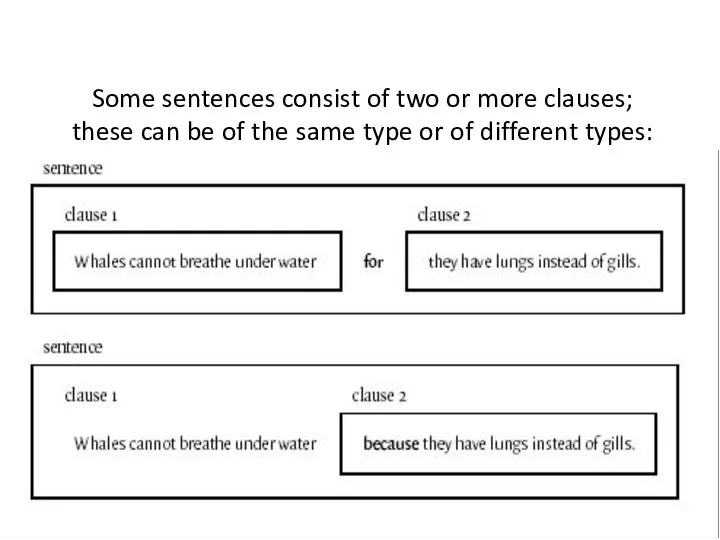
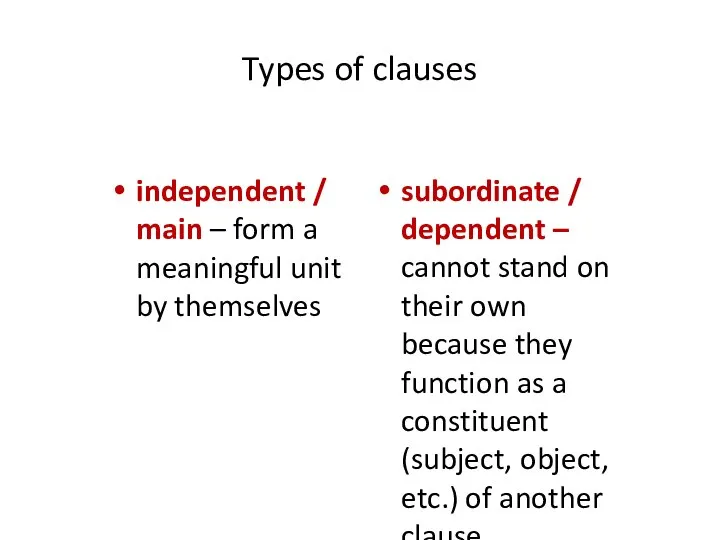
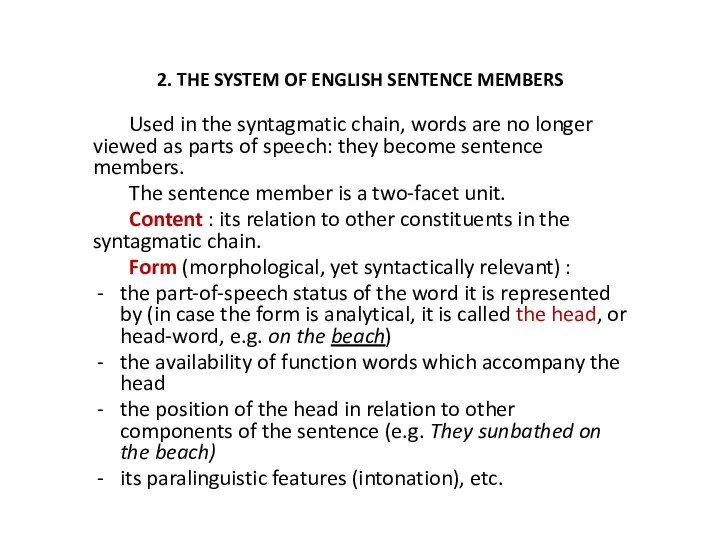
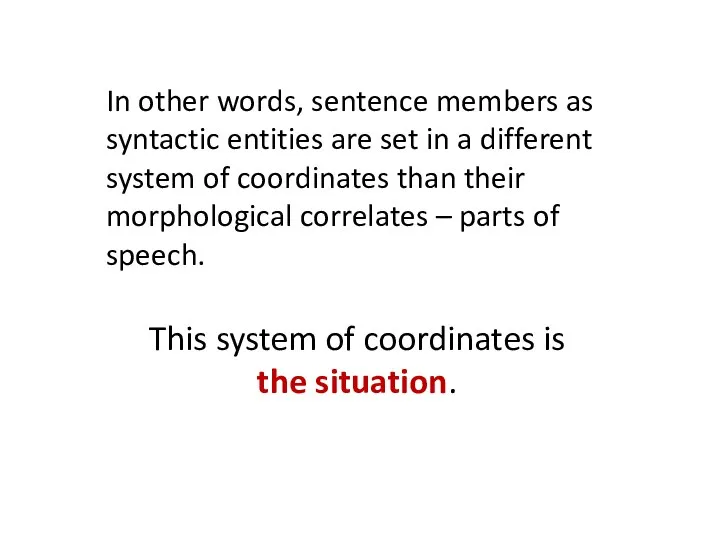
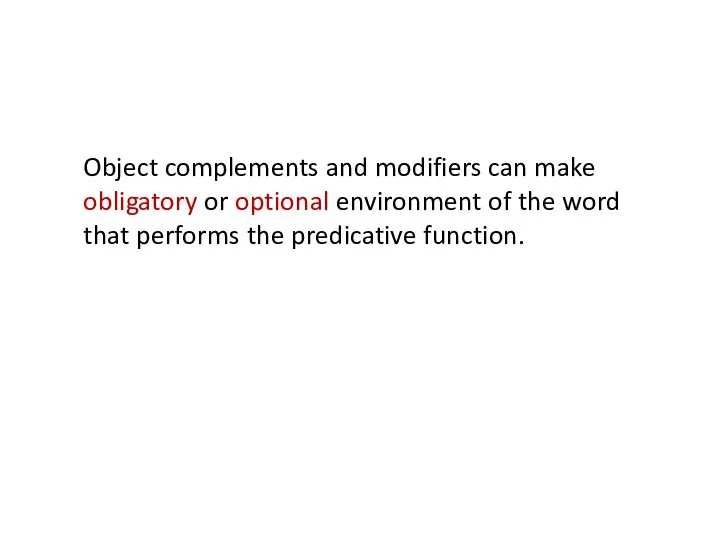
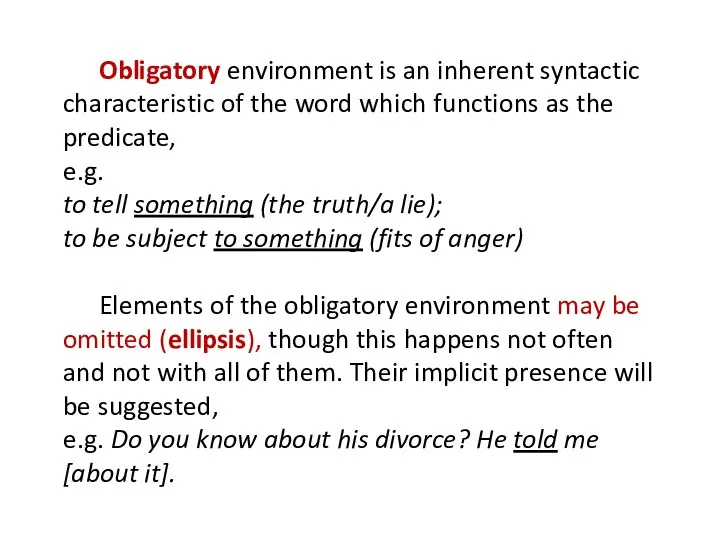
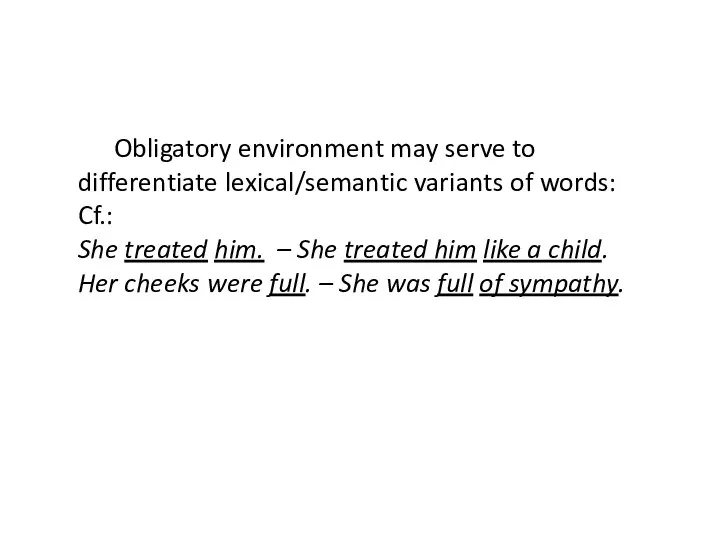
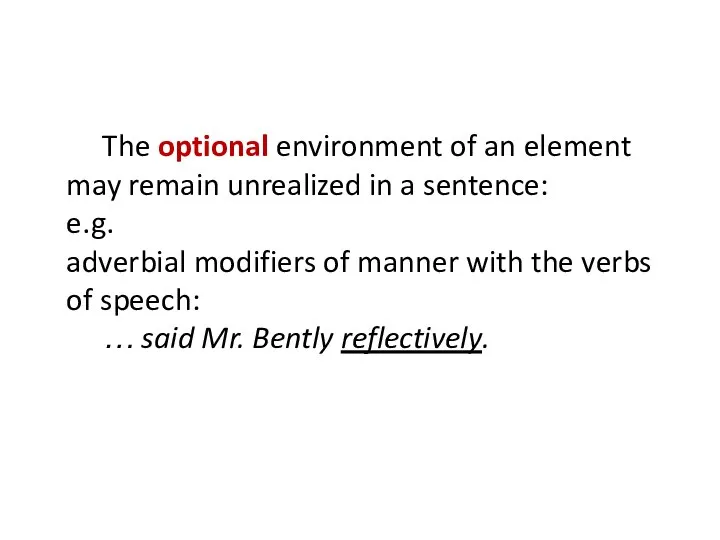
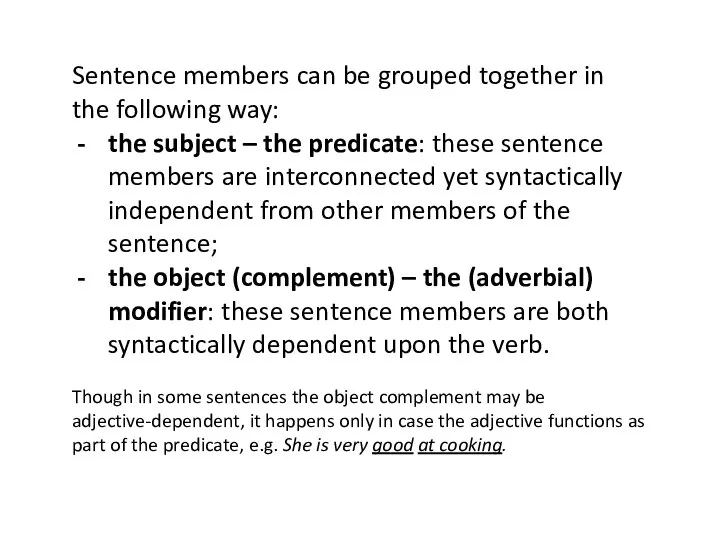
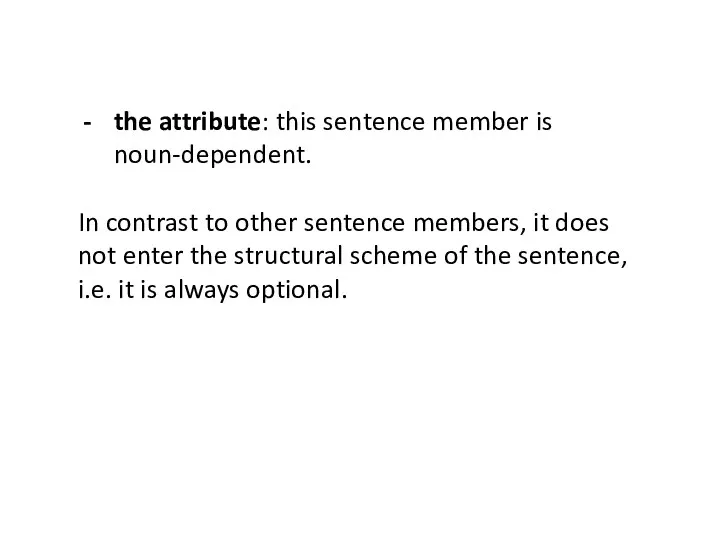
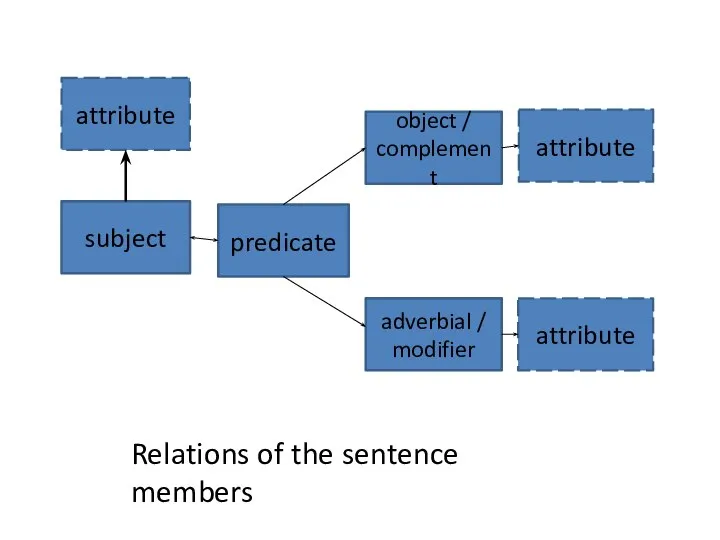
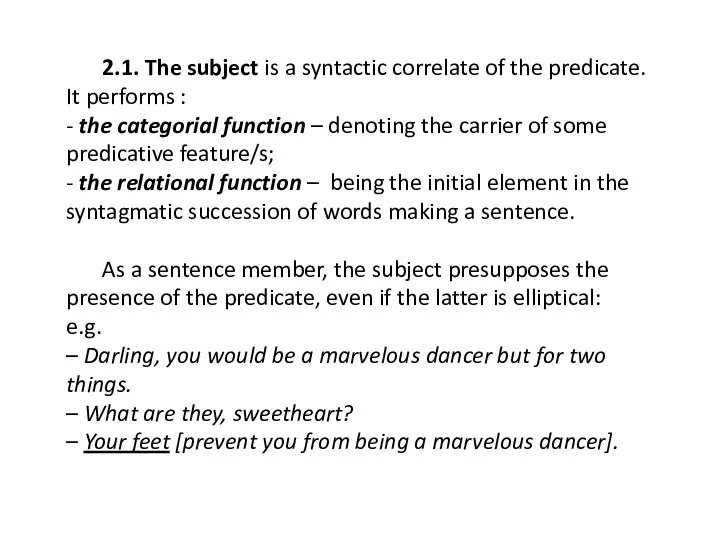
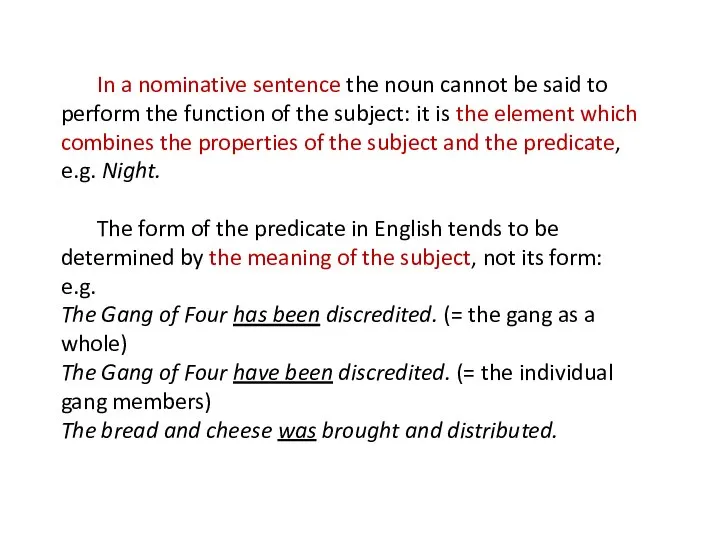
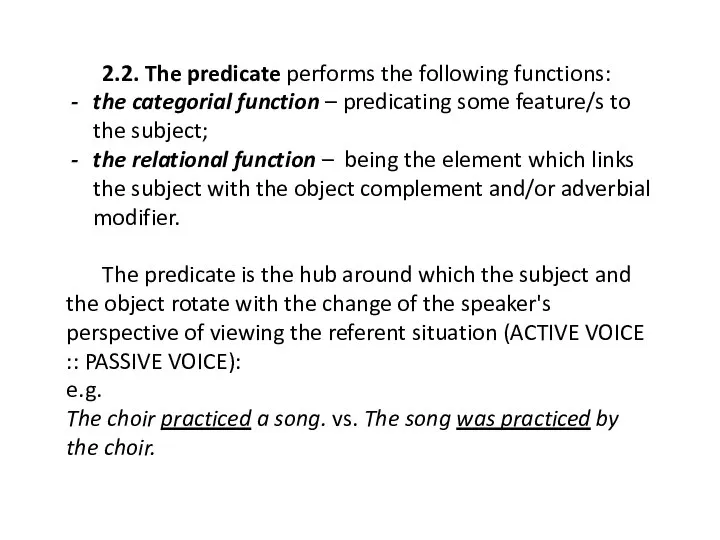
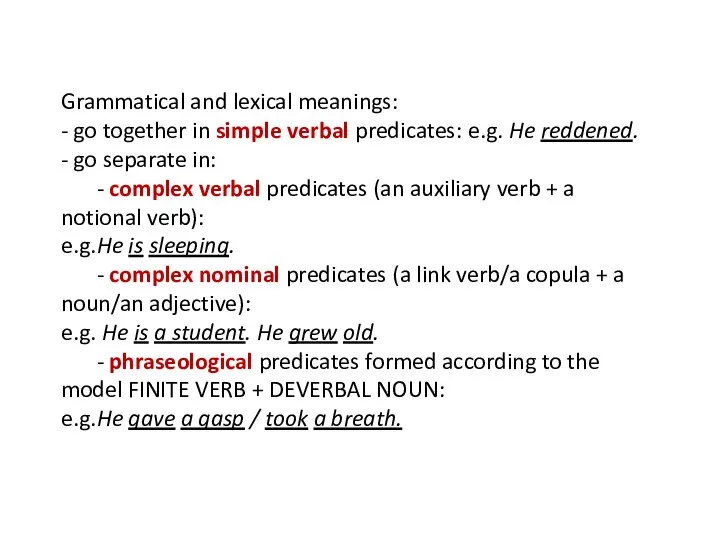
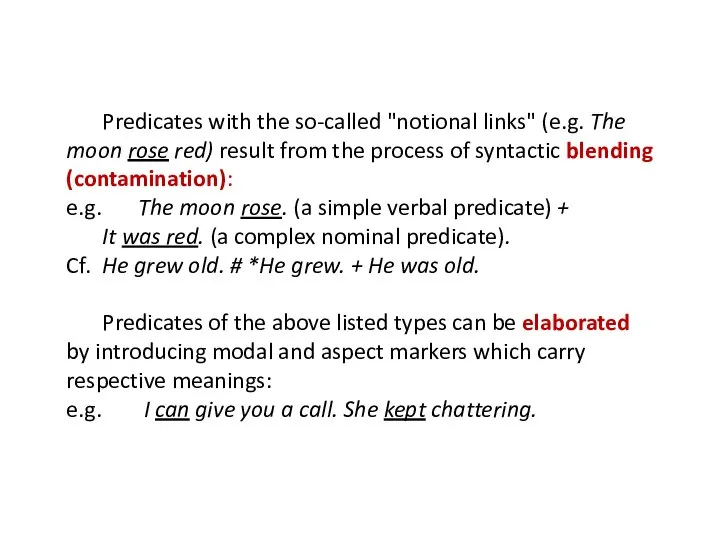
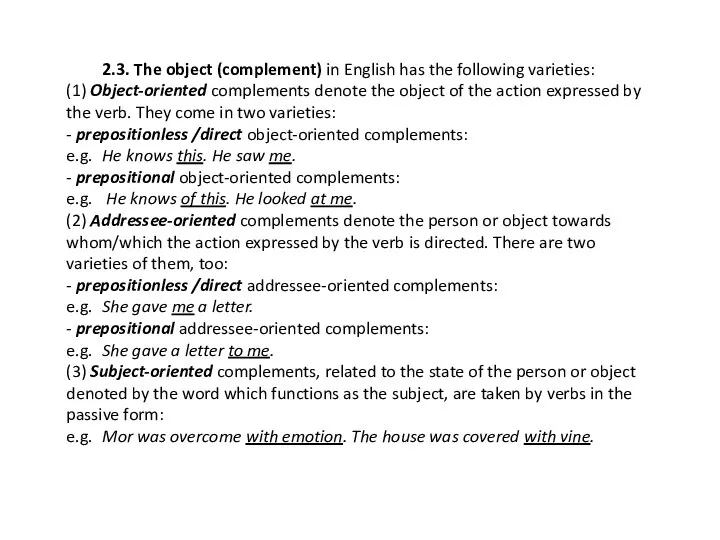
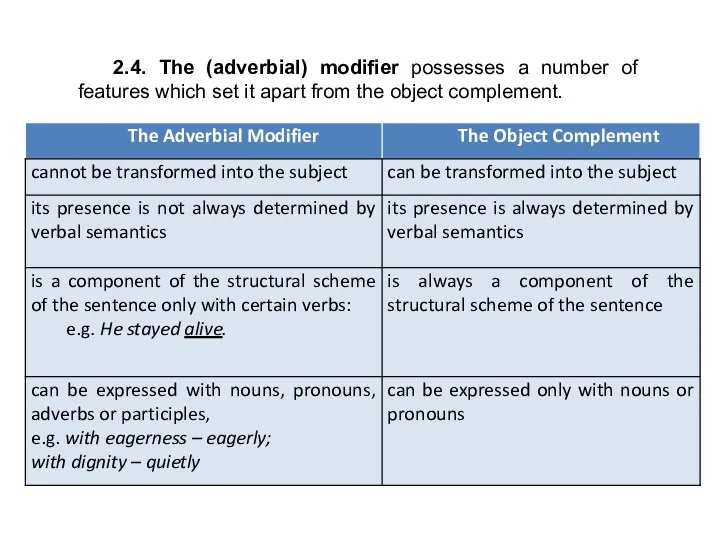
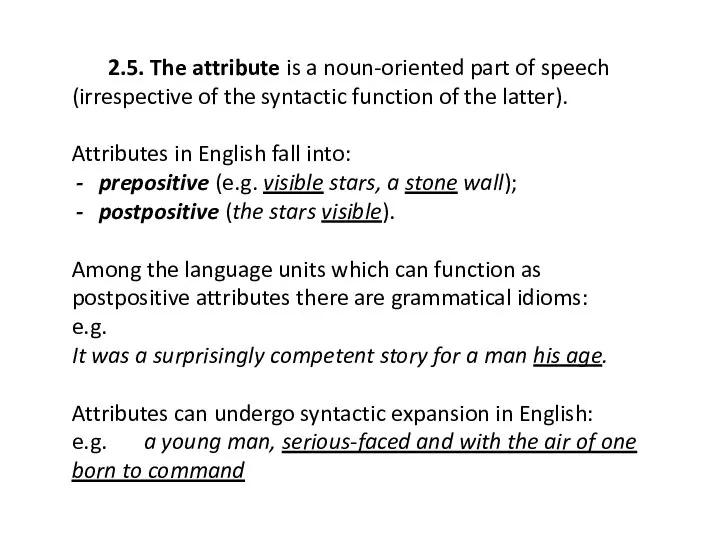
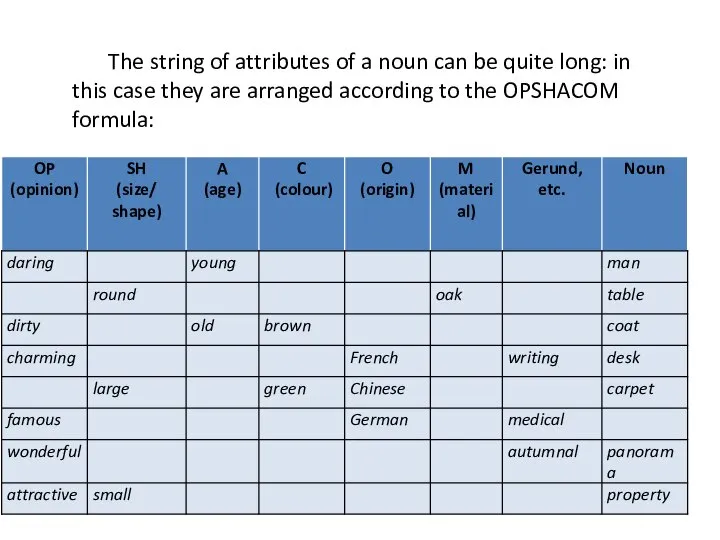
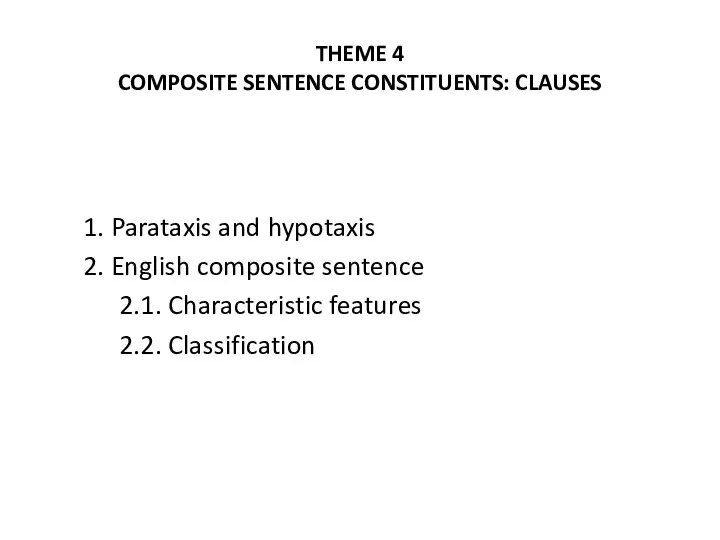
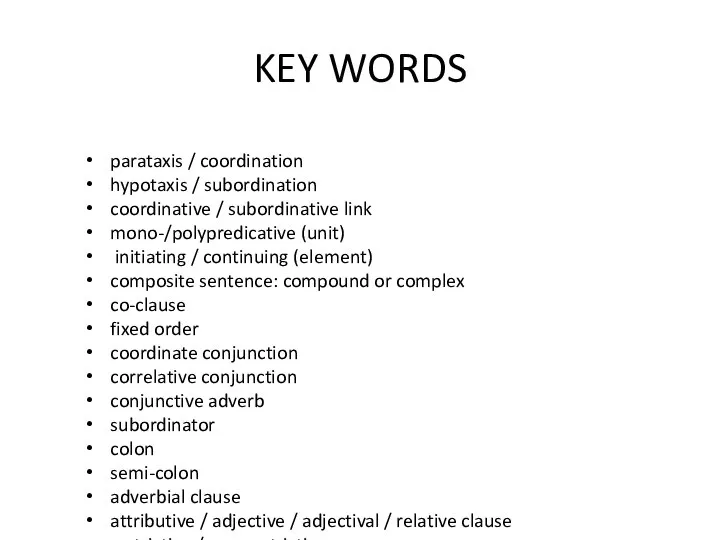
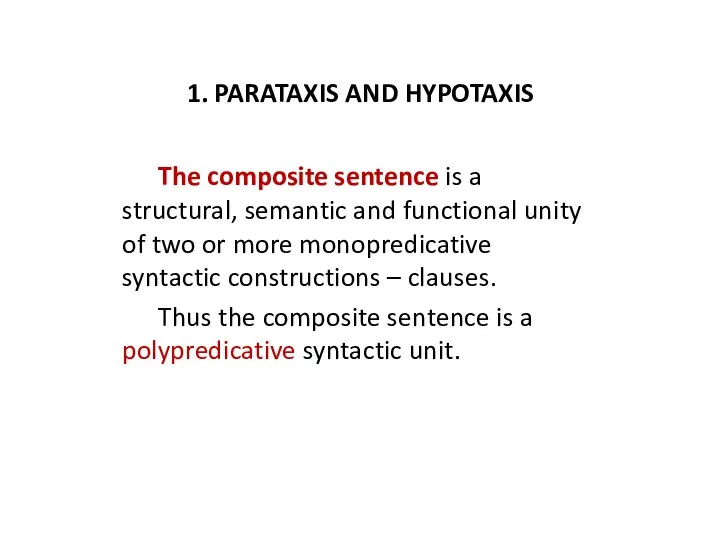
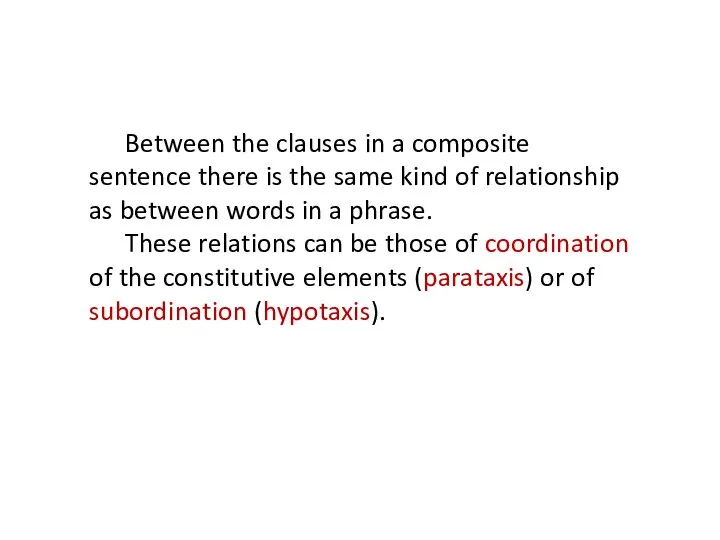
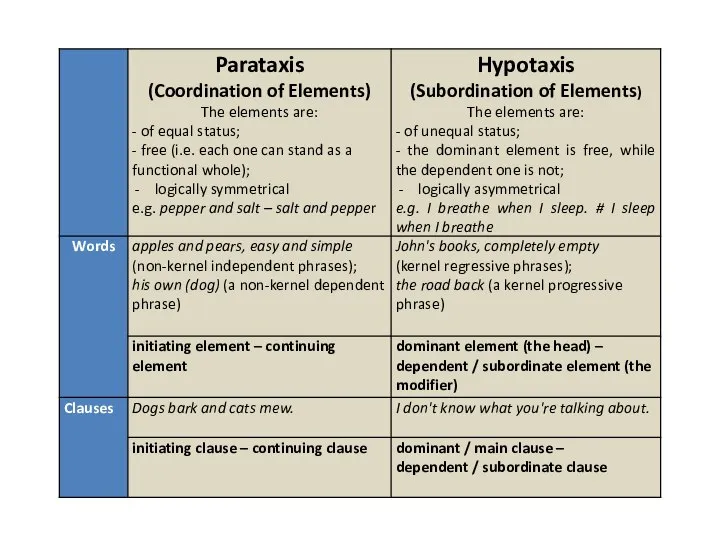
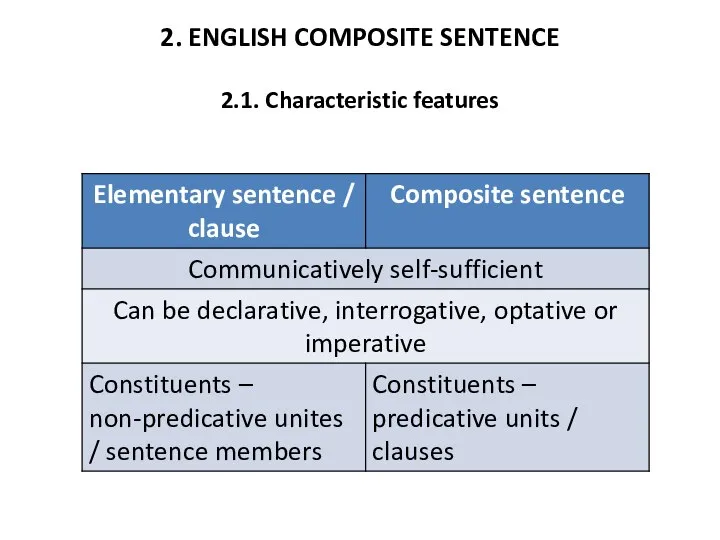
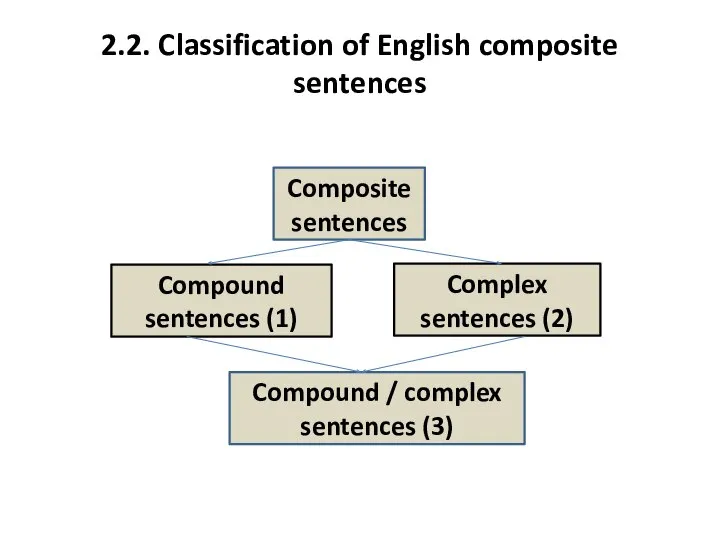
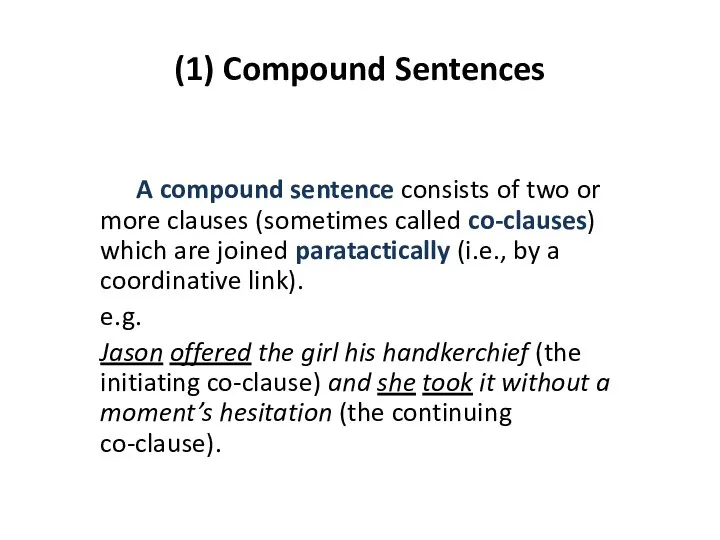
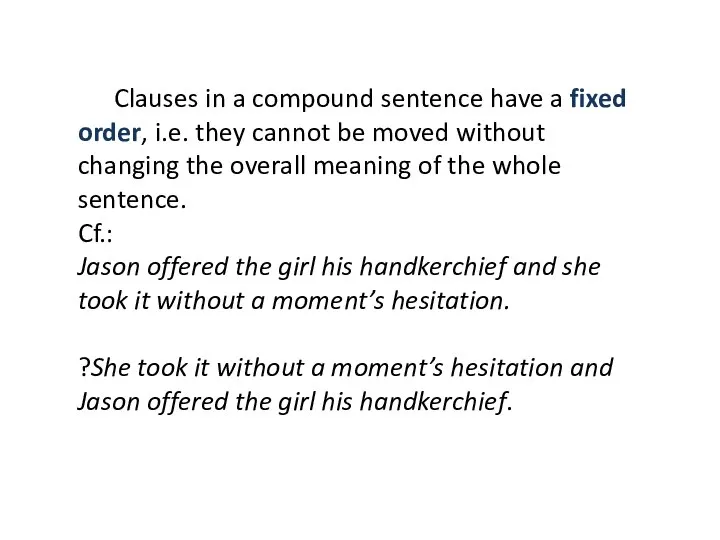
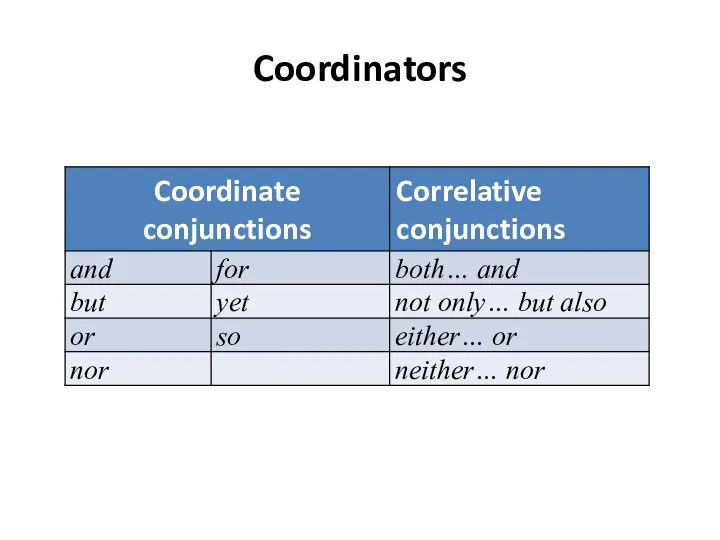
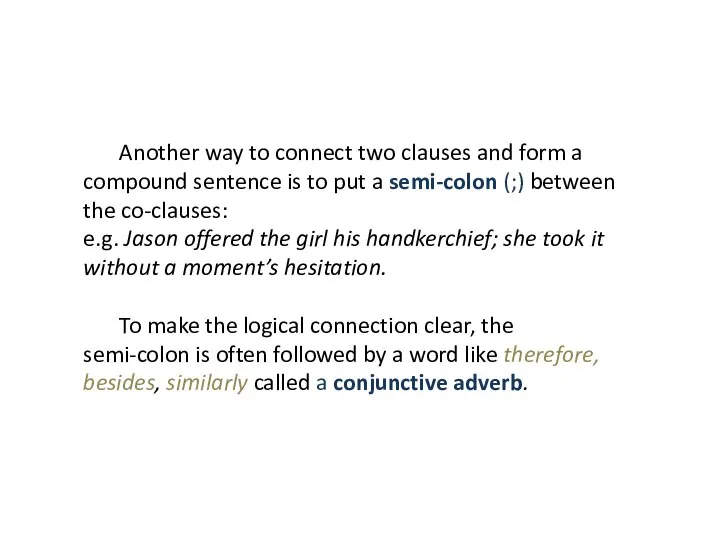
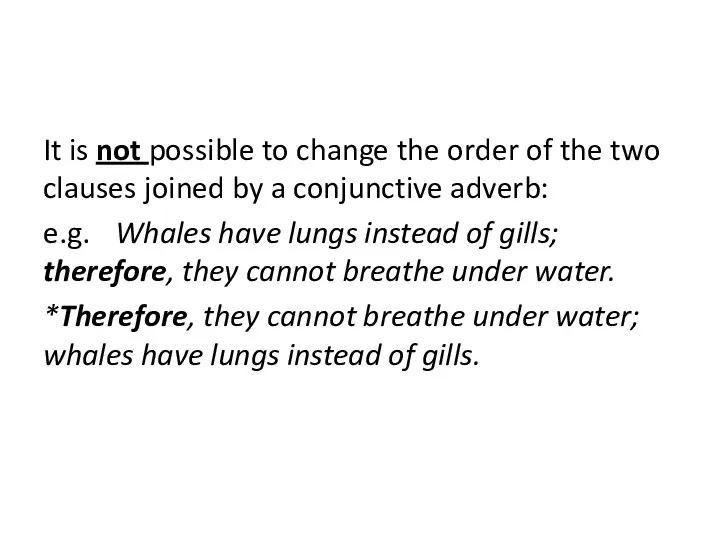
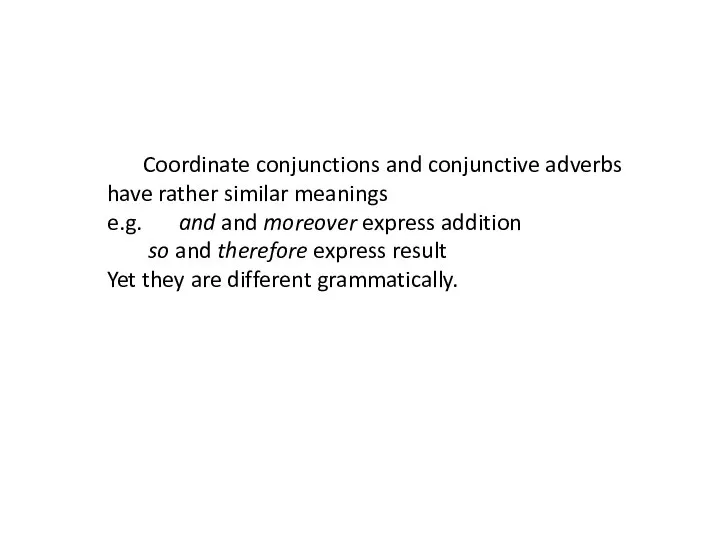
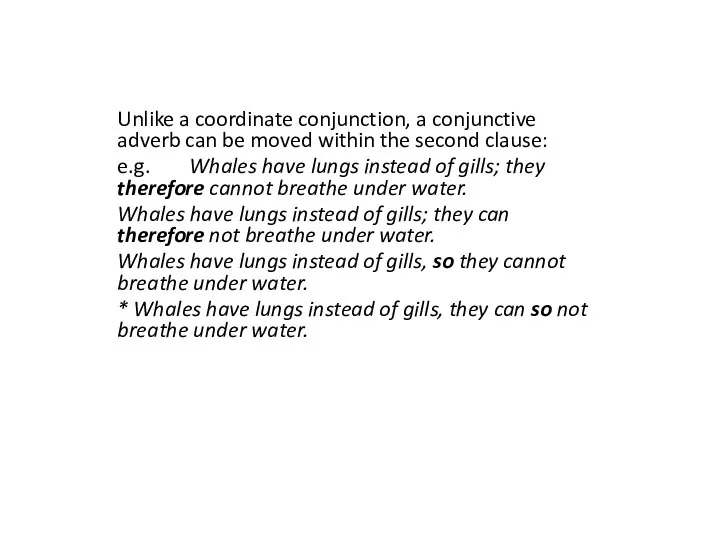
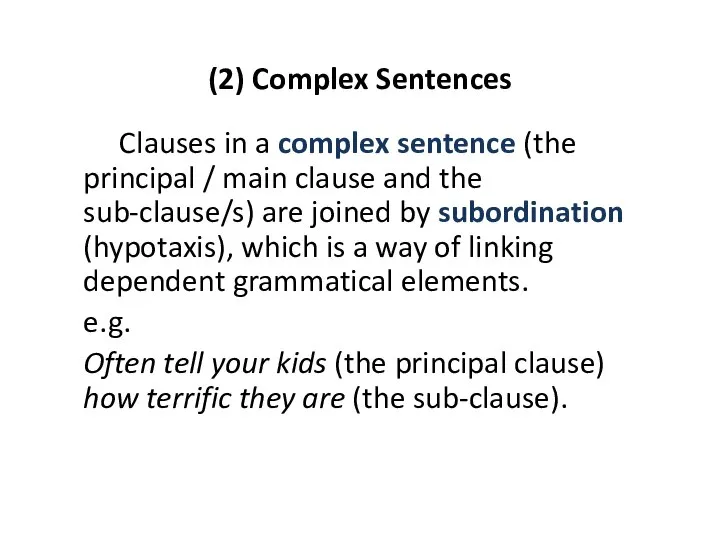
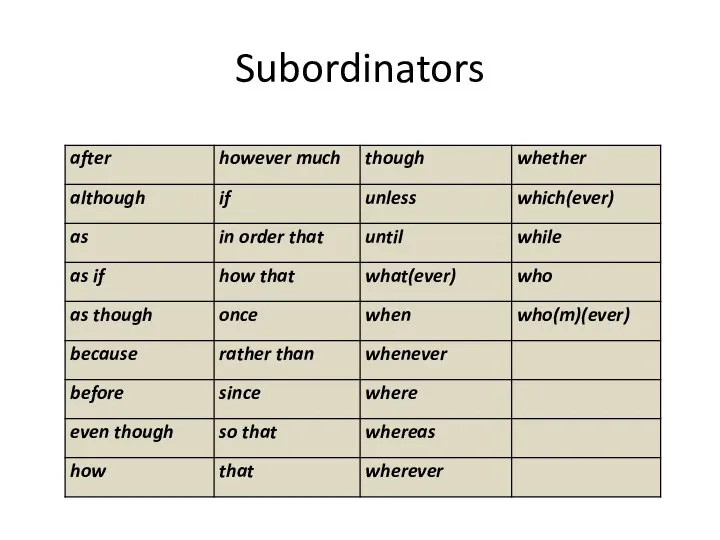
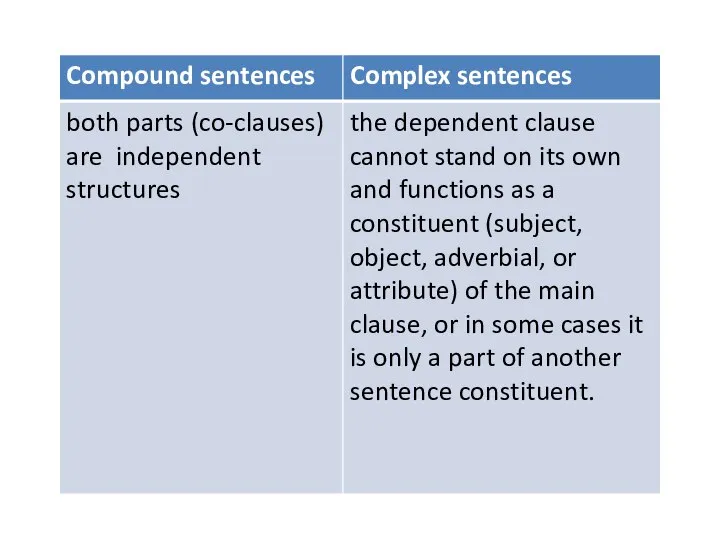
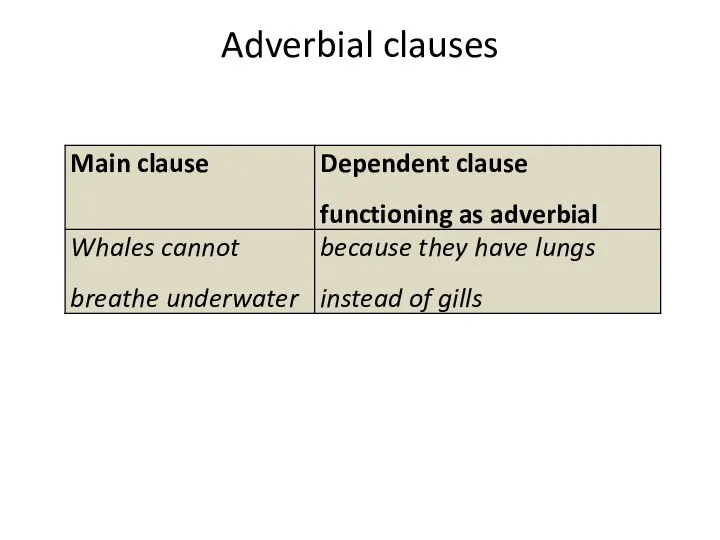
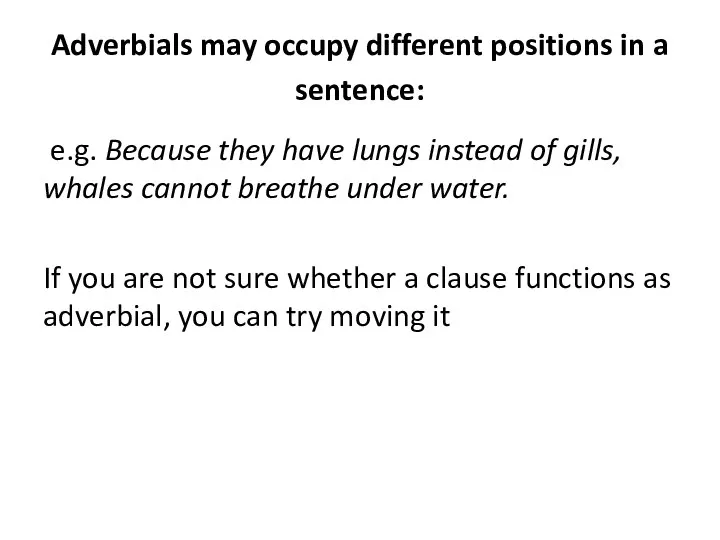
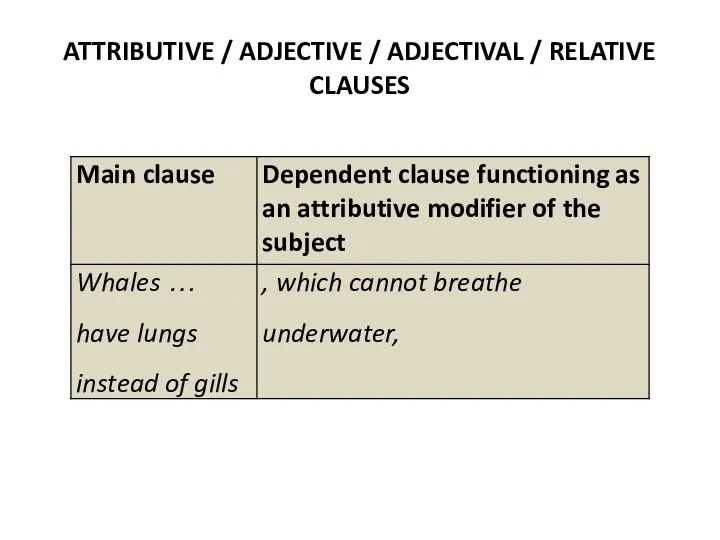
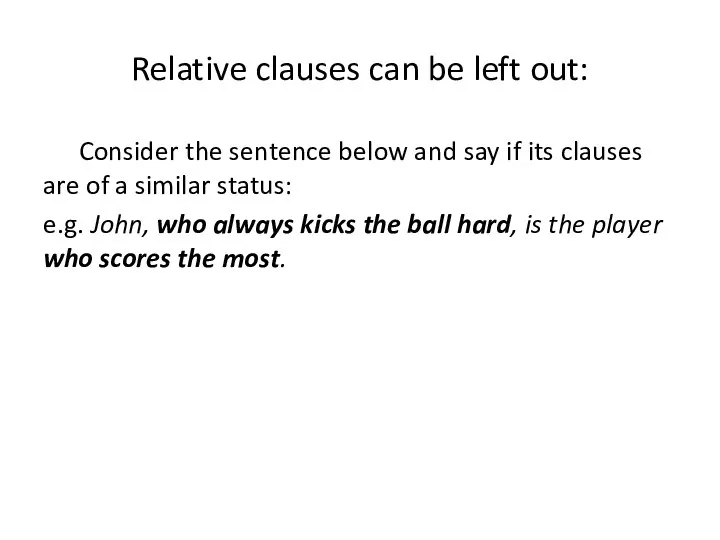
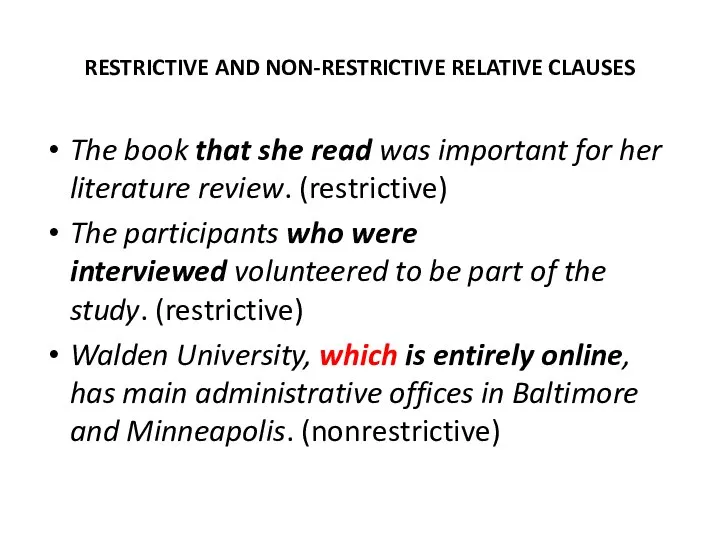
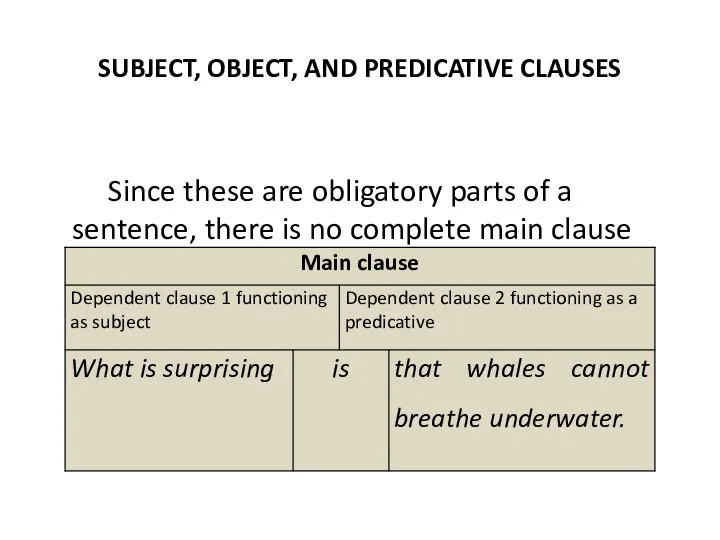
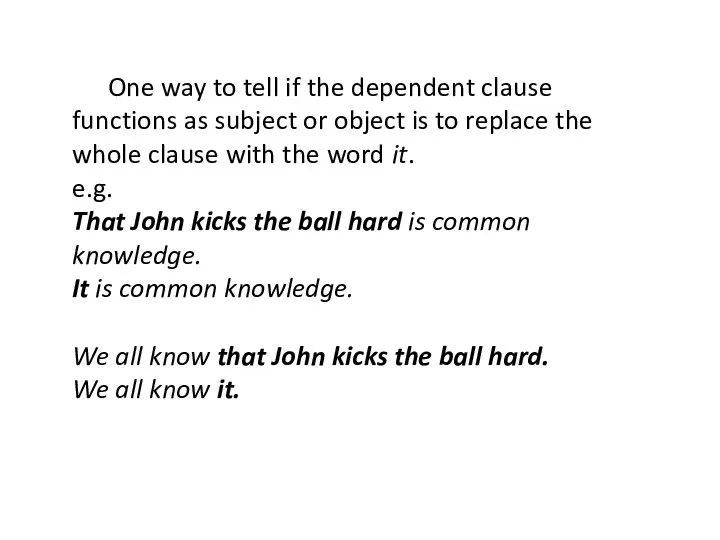
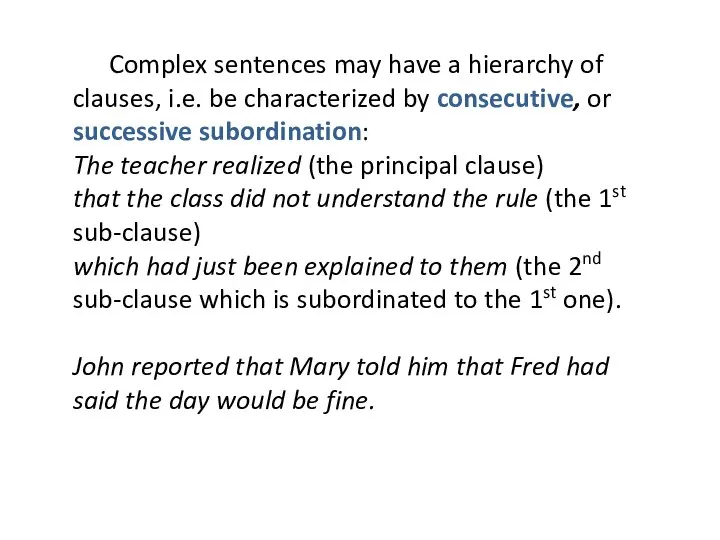
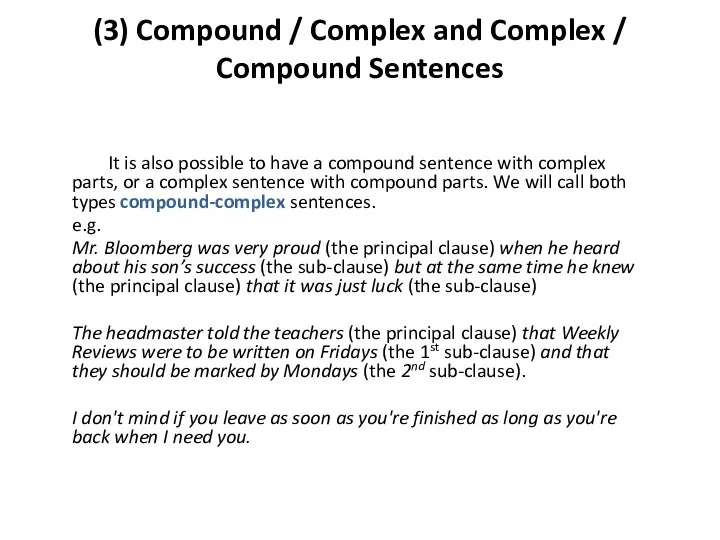
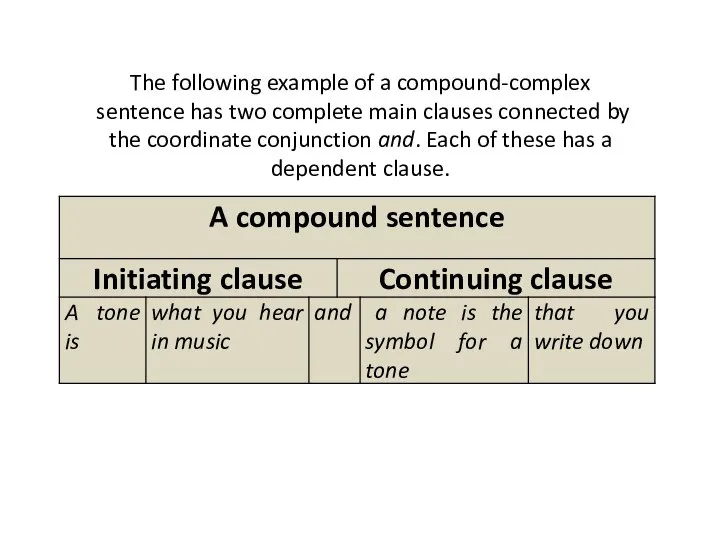
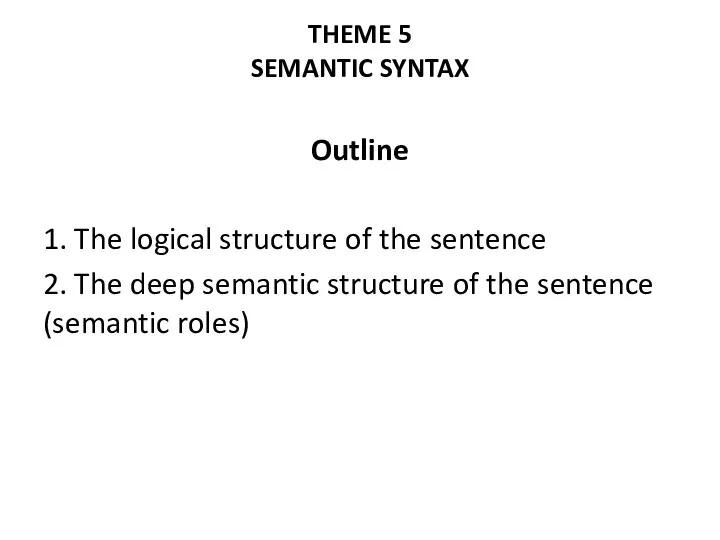
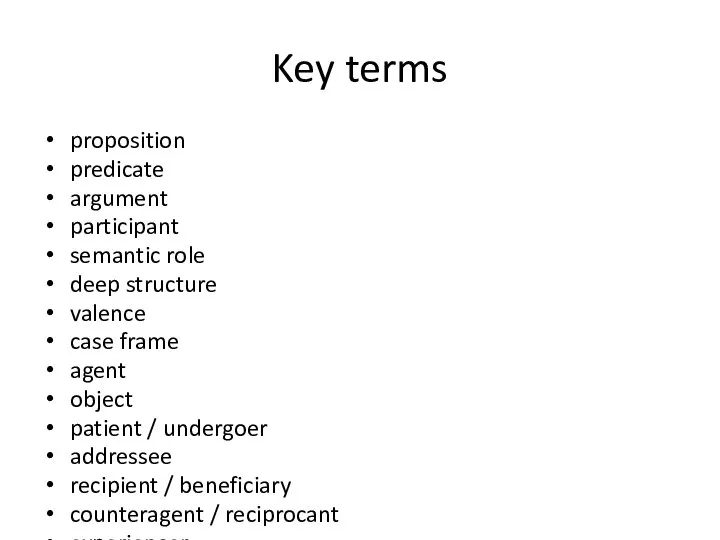
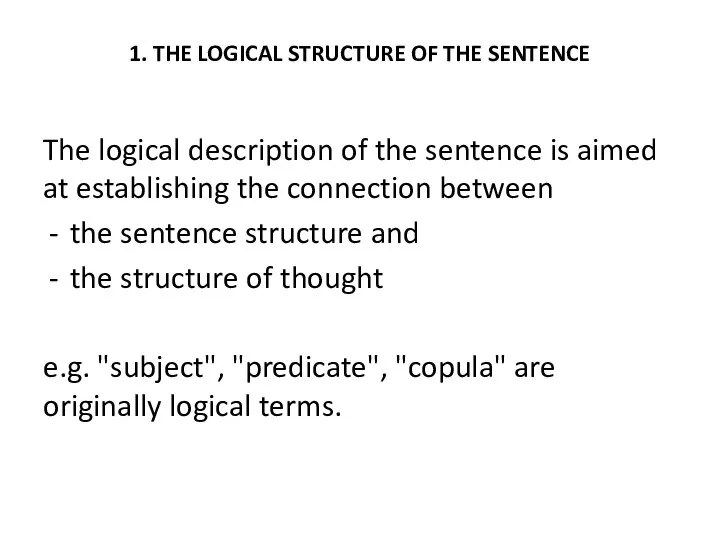
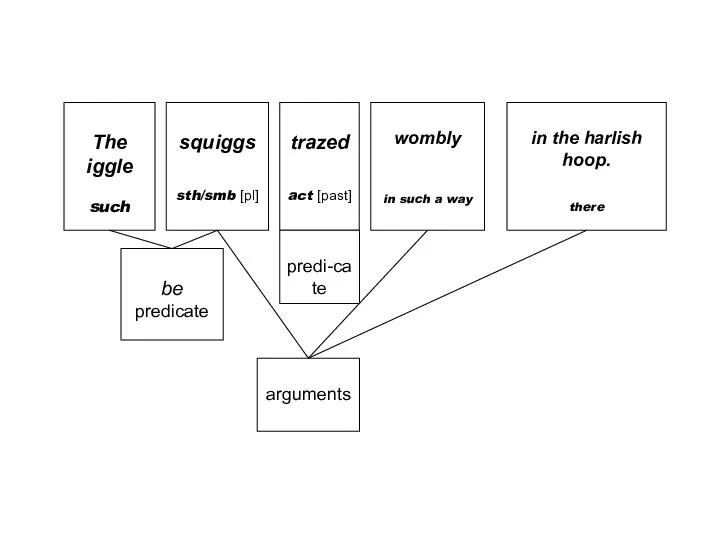
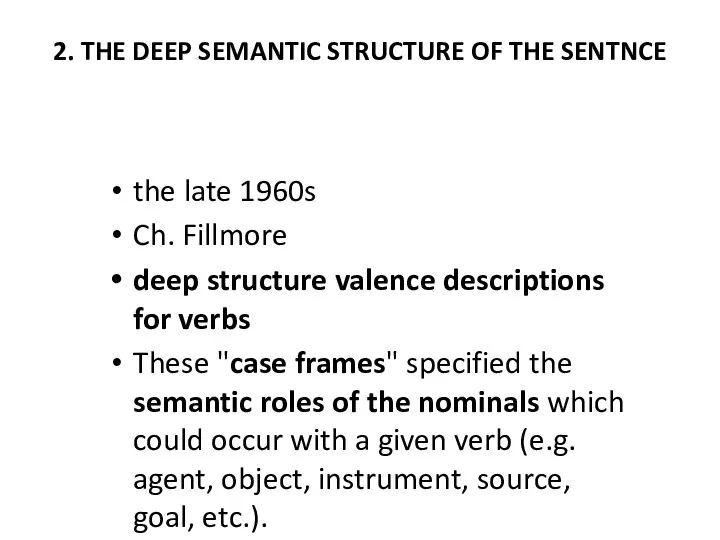
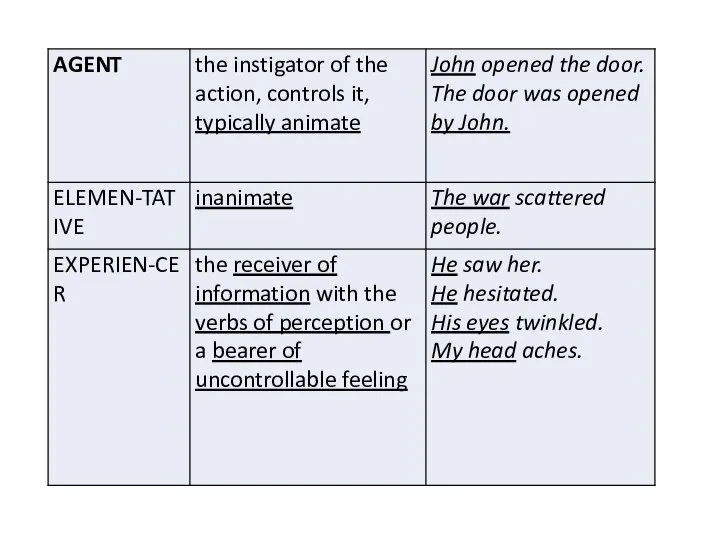
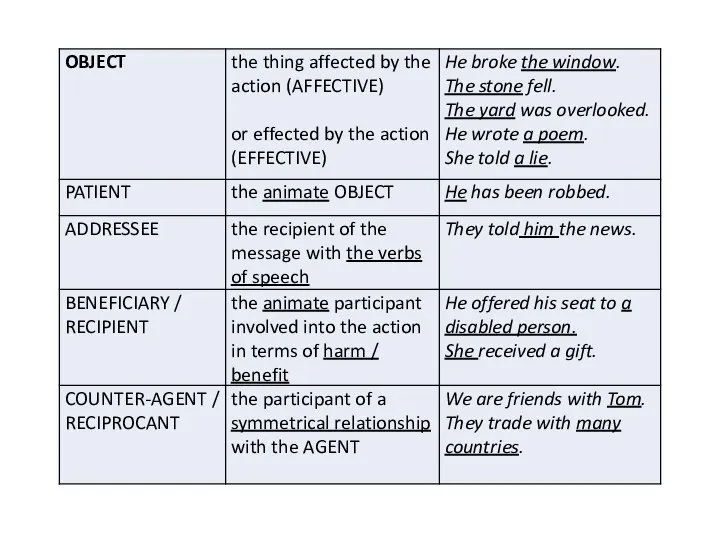
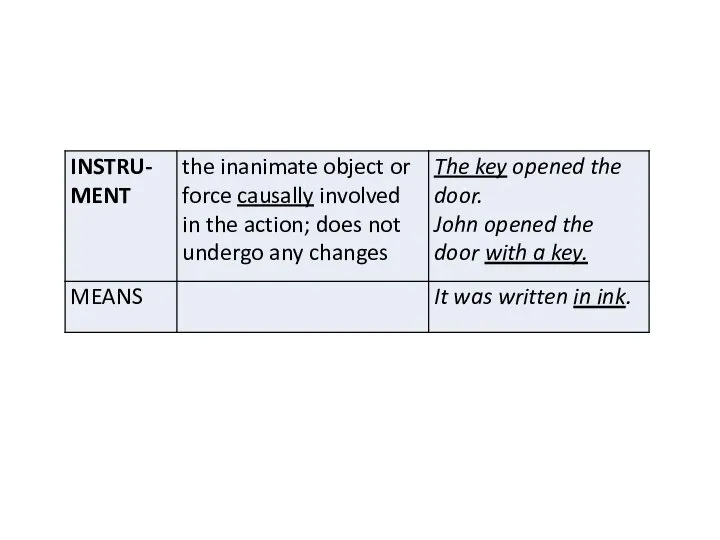
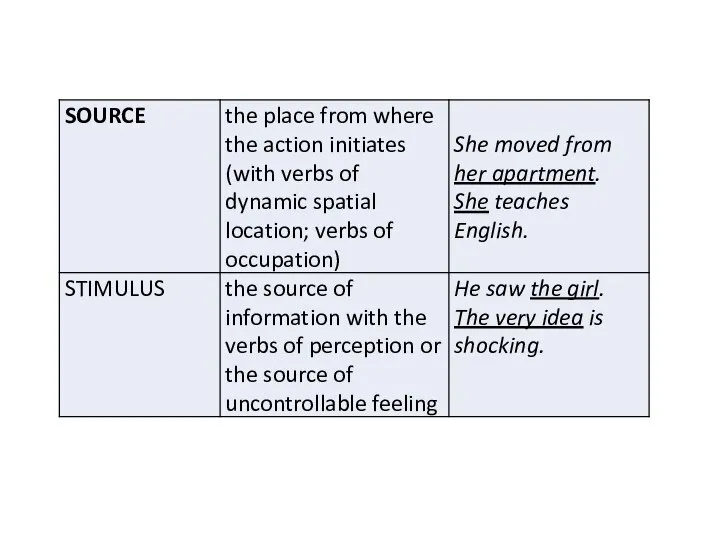
 What to prepare before the lesson!
What to prepare before the lesson!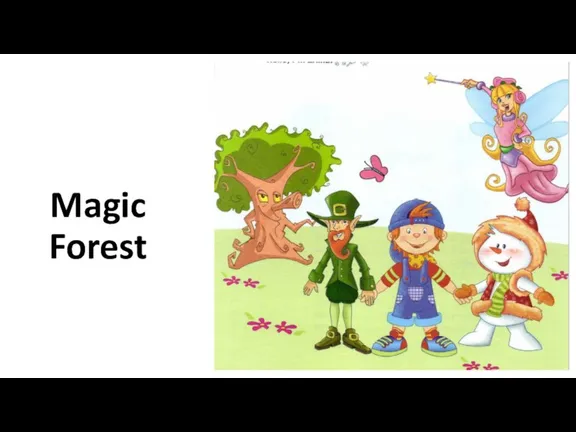 Знакомство с героями. Урок 5
Знакомство с героями. Урок 5 Указательные местоимения
Указательные местоимения Подготовка к марафону. Вебинар 3. Ноябрь
Подготовка к марафону. Вебинар 3. Ноябрь Job hunting dialogue
Job hunting dialogue Rings Up (Разноцветные колечки)
Rings Up (Разноцветные колечки) Модуль 4. Мировая валютная система (МВС) и международные валютные отношения. МВС и ее эволюция в условиях глобализации экономи
Модуль 4. Мировая валютная система (МВС) и международные валютные отношения. МВС и ее эволюция в условиях глобализации экономи В отпуск с английским
В отпуск с английским Presentation about myself
Presentation about myself Easter
Easter English Idiom
English Idiom Grammar Rain
Grammar Rain Game For Young Travelers
Game For Young Travelers The spider
The spider Adverbs/Adjectives
Adverbs/Adjectives On, in, under
On, in, under Cognitive functions
Cognitive functions Geometric shapes and shapes
Geometric shapes and shapes Movers speaking 4
Movers speaking 4 Wild Animals 2
Wild Animals 2 Christmas and New Year in Britain and in Russia
Christmas and New Year in Britain and in Russia 20130227_prezent_2_klass
20130227_prezent_2_klass Спряжение глаголов в Perfekt Aktiv 5-6 класс Коминова Светлана Юрьевна МКОУ «Гимназия №25» г. Ревда
Спряжение глаголов в Perfekt Aktiv 5-6 класс Коминова Светлана Юрьевна МКОУ «Гимназия №25» г. Ревда Dessert Theme: More and Less
Dessert Theme: More and Less Present Tenses
Present Tenses Communication. The importance of communication skills in teamwork
Communication. The importance of communication skills in teamwork Getting ready for a visit. Present Continuous
Getting ready for a visit. Present Continuous End of year party
End of year party